Are you interested in military history? These are the must-visit war museums in Germany:
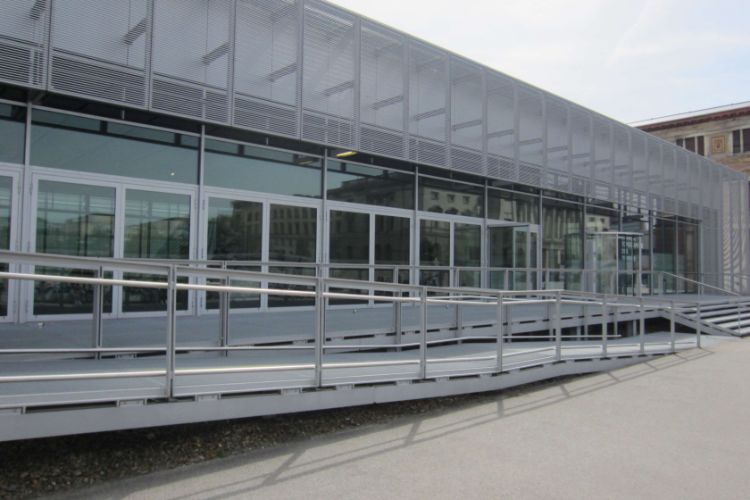
Topography of Terror
BerlinWhat used to be the headquarters of the Gestapo until 1945 is now an architectural complex which holds the evidence of Nazi crimes. There are three permanent exhibitions in Topography of Terror that you can explore and a number of temporary ones. All information is provided both in German and Englis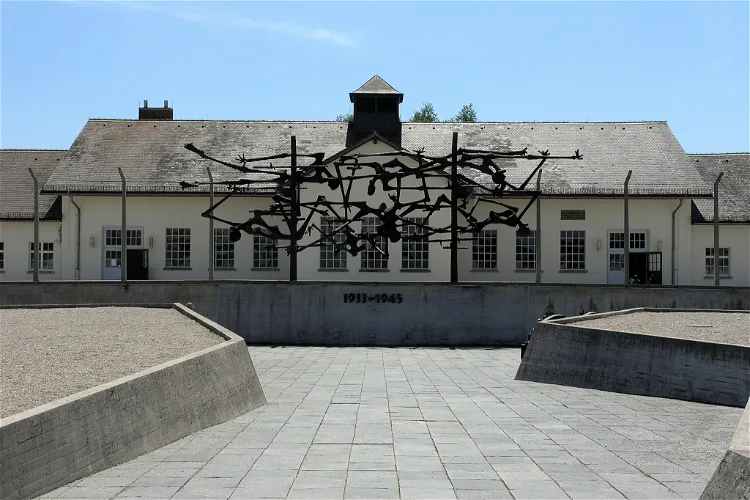
Dachau concentration camp
DachauDachau, the first Nazi concentration camp, is located near the town of Dachau, approximately 16 kilometers northwest of Munich. The camp was established in a disused gunpowder factory and was put into operation on March 22, 1933, the same year that Hitler came to power in Germany. This historical site provides a glimpse into the grim past of the Nazi era.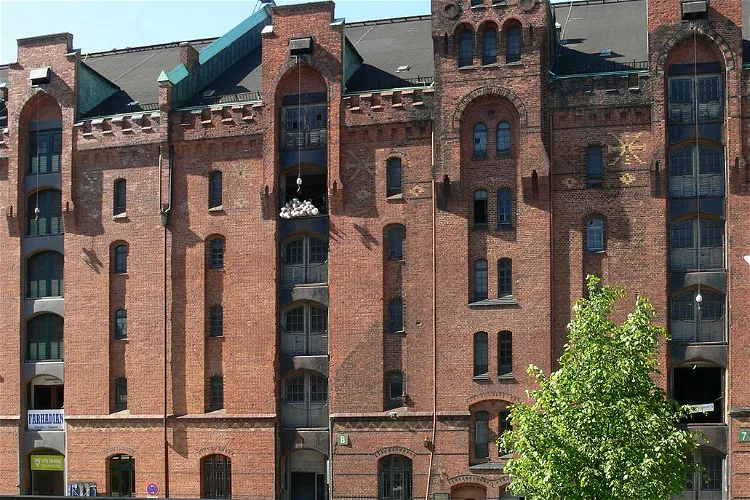
Hamburg Dungeon
HamburgThe Hamburg Dungeon is a unique tourist attraction that was established in the year 2000. It is part of a chain that includes the London Dungeon and Berlin Dungeon, making it the first of its kind to be built in mainland Europe. This attraction offers a unique perspective on history, providing an interactive experience led by actors.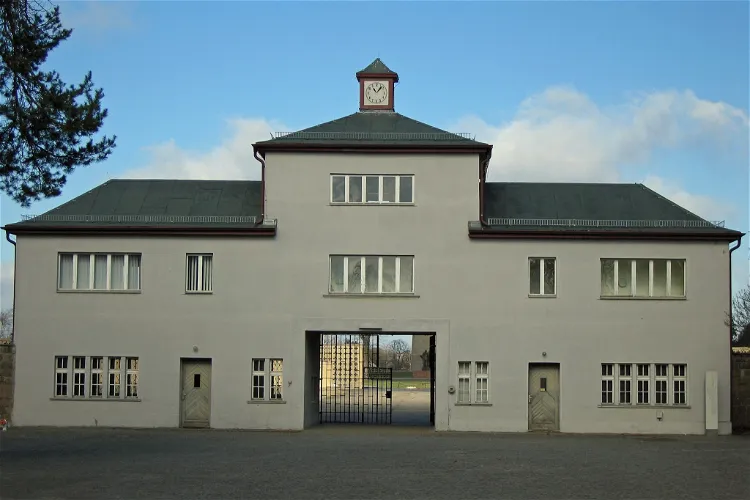
Memorial and Museum Sachsenhausen
OranienburgSachsenhausen, located in the region of Oranienburg in Brandenburg, Germany, was a concentration camp that was active from July 1936 to April 1945. This historical site provides a glimpse into a dark period of human history, and serves as a reminder of the atrocities committed during the Second World War.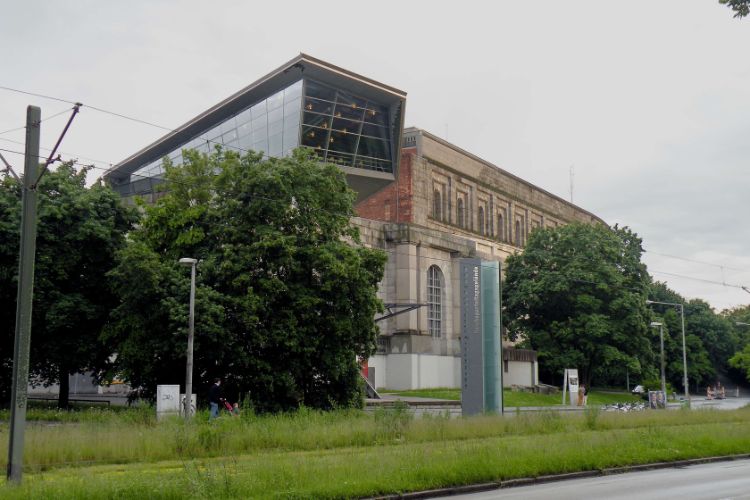
Documentation Center Nazi Party Rally Grounds
NurembergThe Documentation Center Nazi Party Rally Grounds is a museum in Nuremberg housed in the remains of the Congress Hall of the former Nazi party rallies. The museum features a permanent exhibition called "Fascination and Terror" on the causes, connections, and consequences of Nazi Germany and National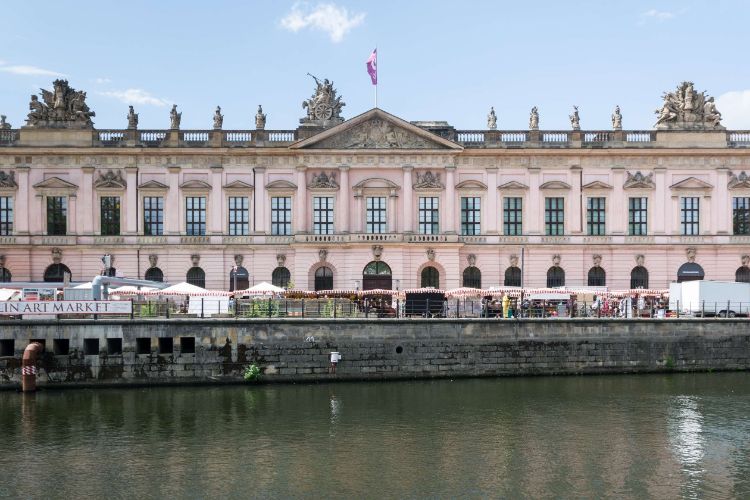
German Historical Museum
BerlinOpened in 1987, as part of the celebration of 750 years since the founding of Berlin, the German Historical Museum follows the long history of the German nation, as well as that of entire Europe. The museum is located in two main buildings, one modernist, other Baroque, which were erected some 250 y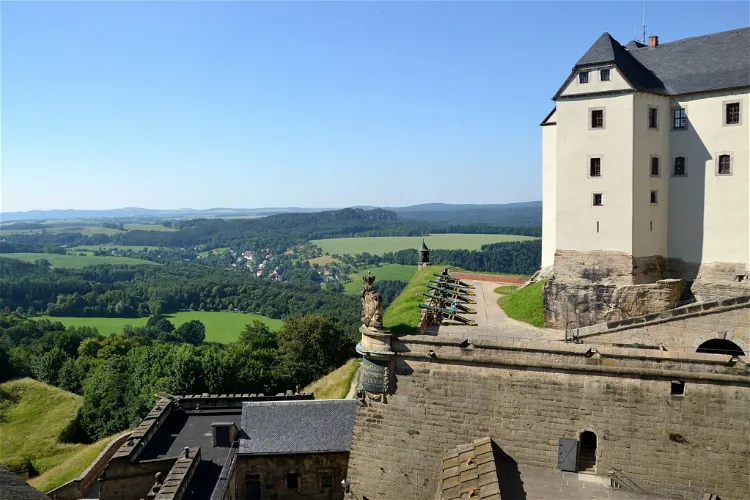
Königstein Fortress
KönigsteinKönigstein Fortress, located in the German state of Saxony, is one of the largest mountain fortresses in Europe. It is situated in Sächsische Schweiz, a part of the Elbe Sandstone Mountains. The fortress is built on a plateau named after it, standing 352 meters above sea level and to the west of the town of Königstein on the left bank of the Elbe in the district of Sächsische Schweiz-Osterzgebirge.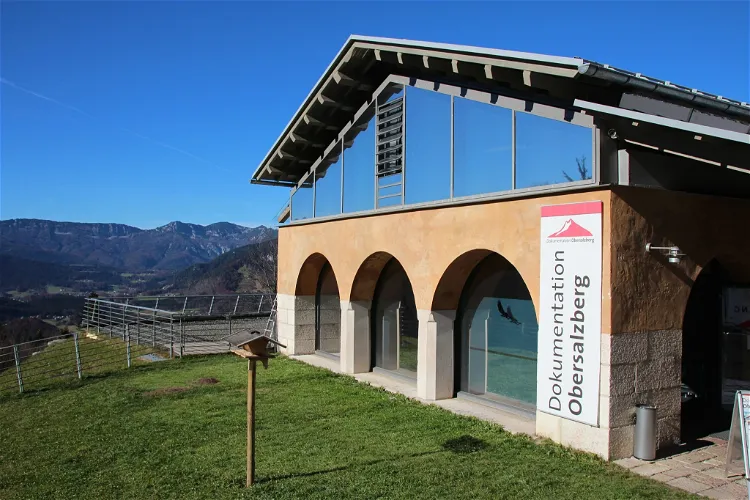
Dokumentationszentrum Obersalzberg
BerchtesgadenDokumentation Obersalzberg is a museum located in the Obersalzberg resort near Berchtesgaden. The museum provides detailed information about the use of the mountainside retreat by Nazi leaders, particularly Adolf Hitler. This location was a frequent retreat for Hitler, making it a significant site for understanding the history of Nazi Germany.
The Peenemünde Historical Technical Museum
PeenemündeThe Peenemünde Historical Technical Museum, established in 1991, is situated in the observation bunker and the site of the former power station in Peenemünde, on the island of Usedom in eastern Mecklenburg-Vorpommern, Germany. This location is steeped in history and offers a unique insight into the past, making it a fascinating destination for tourists interested in history and technology.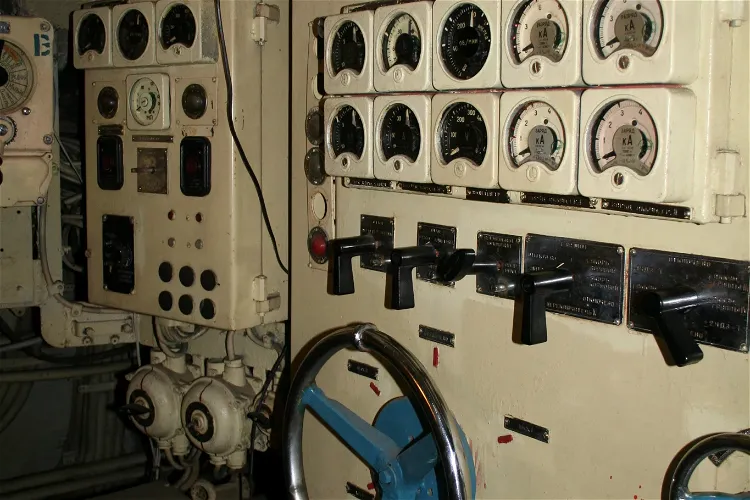
U-461
PeenemündeThe U-461, also known by its Russian identification K'24, is a Soviet submarine that belonged to the Project 651 class, also known as the Juliett class according to NATO classification. Today, it serves as a museum ship and is located in Peenemünde, offering visitors a unique insight into naval history.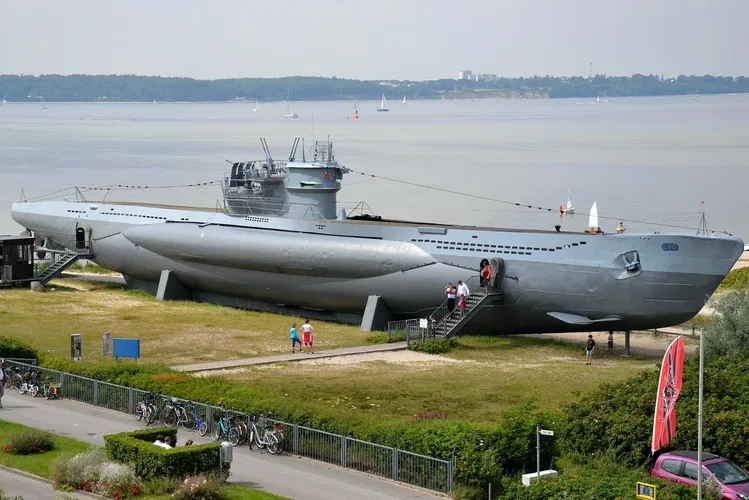
German submarine U-995
LaboeThe German submarine U-995, displayed at the Laboe Naval Memorial, is a significant piece of naval history. This Type VIIC/41 U-boat was a part of Nazi Germany's Kriegsmarine. It was constructed by Blohm & Voss in Hamburg, Germany, and was commissioned on 16 September 1943. This submarine provides a tangible link to the past, allowing visitors to explore a piece of World War II history.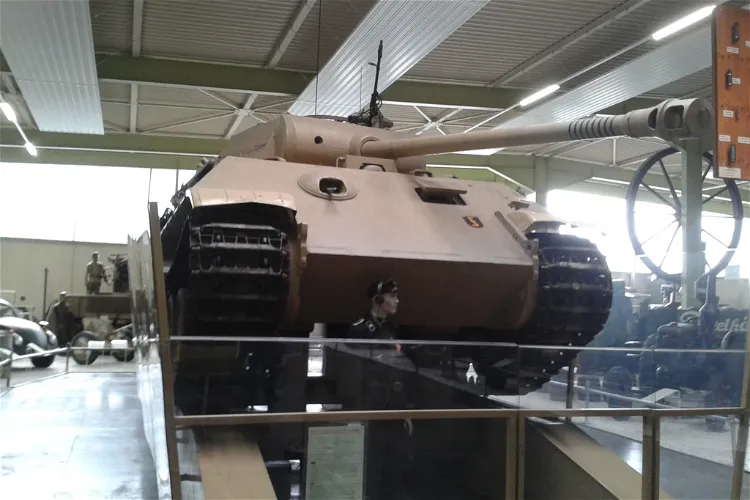
Technik Museum Sinsheim
SinsheimThe Technik Museum Sinsheim is home to more than 3,000 exhibits, spread over an area of over 50,000 m². The museum attracts more than a million visitors each year and is open every day of the year, making it a popular destination for tourists and locals alike.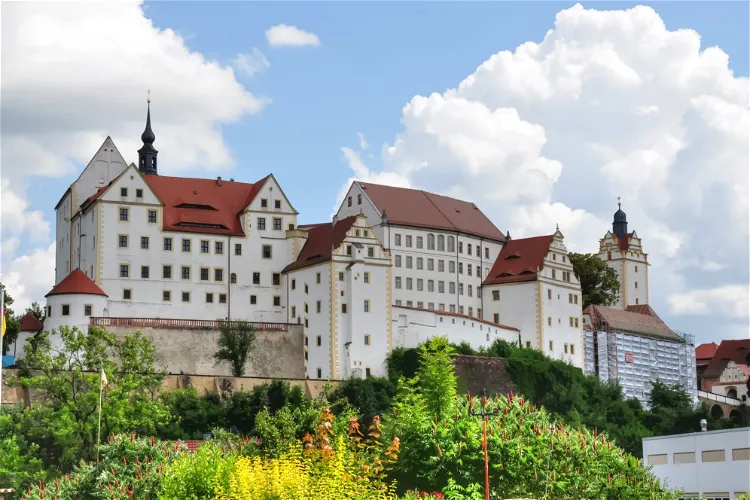
Colditz Castle
ColditzColditz Castle, a historical monument with origins dating back to the 11th century, is situated in the town of Colditz, nestled between Leipzig and Dresden in Saxony. The castle was built under the permission of Emperor Henry IV by Margrave Wiprecht of Groitzsch. It was strategically placed on a hill, providing a commanding view over the left bank of the Mulde river.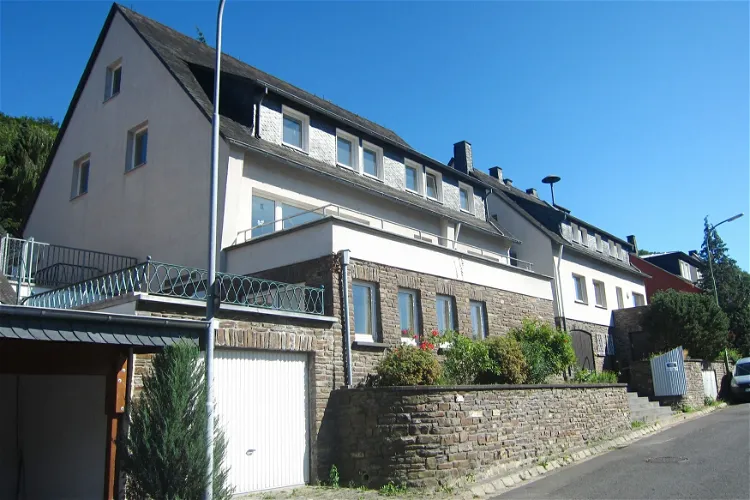
Bundesbank bunker
CochemThe Bundesbank Bunker in Cochem, located in Rhineland-Palatinate, was a significant historical site during the Cold War. It was used by the Deutsche Bundesbank for the storage of emergency currency. This bunker was part of the security measures taken by the Federal Republic of Germany during the Cold War, and it stored up to 15 billion Marks from 1964 to 1988.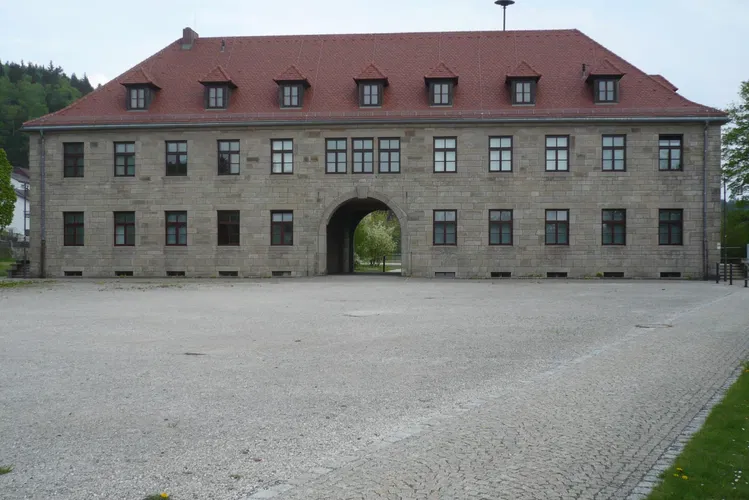
Flossenbürg, Bavaria
FlossenbürgFlossenbürg is renowned for its granite deposits. The town has numerous quarries that can be visited by tourists. These quarries have historical significance as many prisoners from the camps cut the stones used to erect monumental buildings in Nuremberg.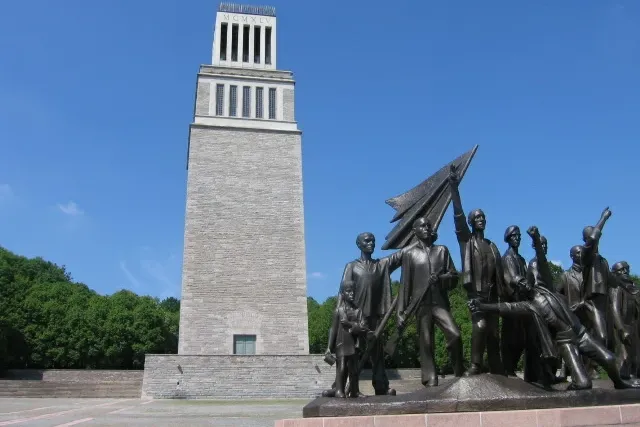
Buchenwald Memorial
WeimarDuring the operation of Buchenwald Concentration Camp, approximately 250,000 people from various European countries were detained and sent here. It is estimated that 56,000 people, including 11,000 Jews, were killed. This grim statistic underscores the scale of the human tragedy that unfolded at this site.
Siegfried Line Museum Pirmasens
PirmasensThe Siegfried Line Museum at Pirmasens is located in the German state of Rhineland-Palatinate. It is housed in a former subterranean fortification on the edge of the village of Niedersimten in the southwest Palatinate region. The museum is a significant historical site that offers a unique insight into the region's past.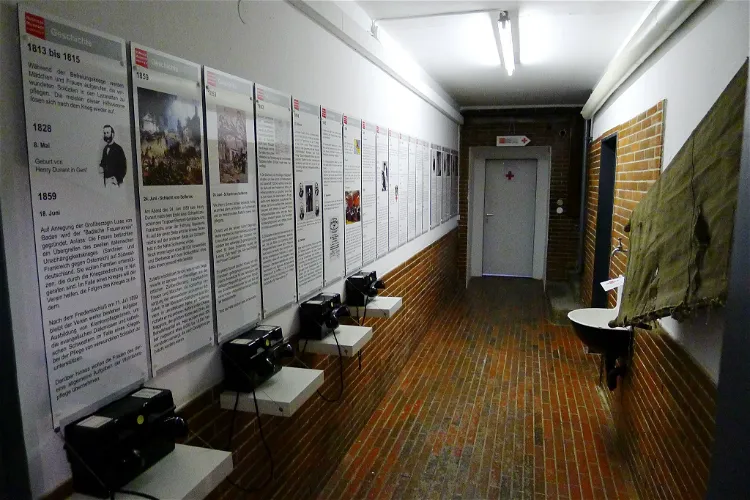
Rotkreuz-Museum vogelsang ip
SchleidenThe Red Cross Museum vogelsang ip, located in the former NS-Ordensburg Vogelsang, is one of the largest Red Cross museums in Europe. It spans over 600 m² of usable space and 550 m² of exhibition space across two floors. The museum provides an overview of the worldwide humanitarian aid of the Red Cross, showcasing the organization's significant contributions to global relief efforts.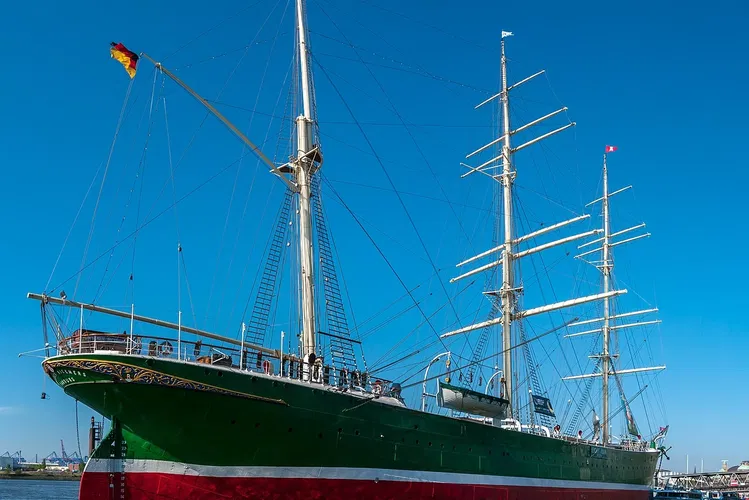
Museum Ship Rickmer Rickmers
HamburgThe Rickmer Rickmers is a significant historical monument in Hamburg. This three-masted steel cargo sailing ship is now a museum, providing visitors with a glimpse into the maritime history of the city. It is located in the port of Hamburg at the St. Pauli Landing Bridges, a popular tourist area known for its vibrant nightlife and entertainment.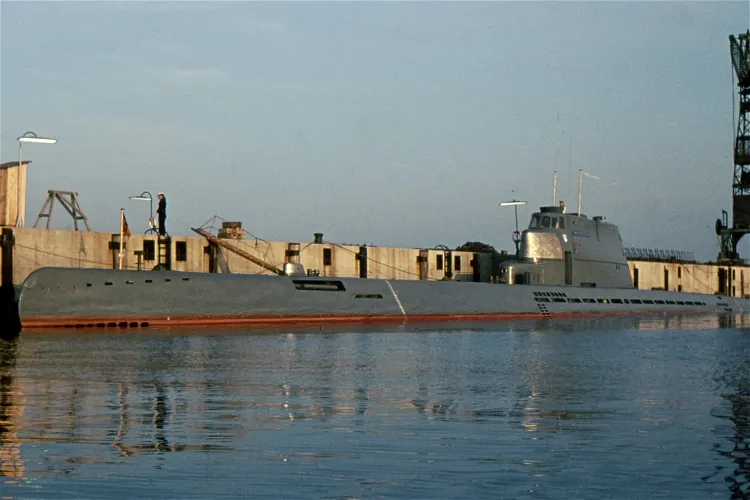
German submarine Wilhelm Bauer
BremerhavenThe Wilhelm Bauer was scuttled at the end of World War II, without ever having gone on patrol. In 1957, it was raised from the seabed off Flensburg Firth, refurbished, and recommissioned for use by the West-German Bundesmarine in 1960. This unique history adds to the submarine's intrigue and appeal for visitors.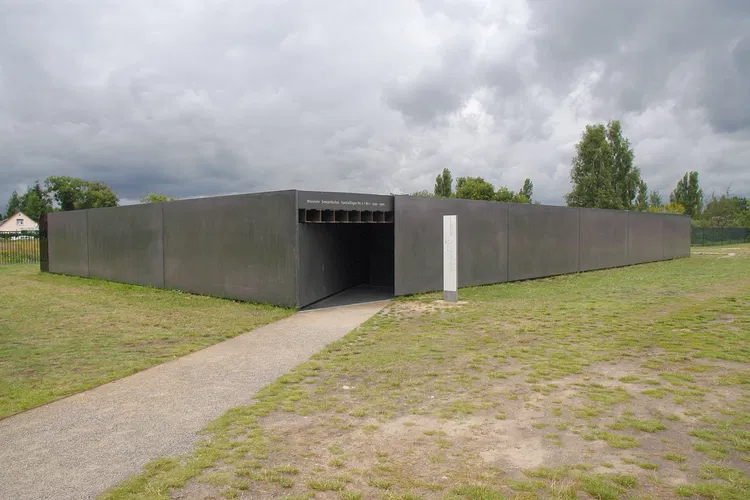
NKVD special camp Nr. 7
OranienburgPresently, the Sachsenhausen Memorial and Museum stands on the site of the former Sachsenhausen Special Camp. The institution serves as a place of remembrance and learning, as well as a modern museum of contemporary history. It follows a decentralized approach, aiming to make history tangible to visitors at the authentic locations where it unfolded.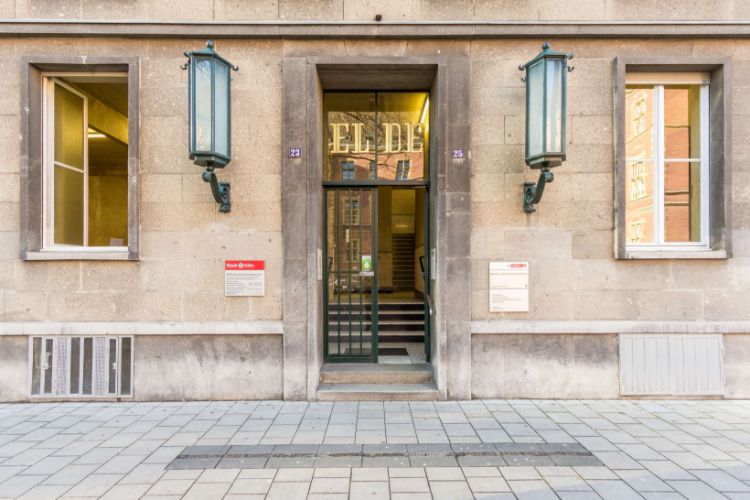
National Socialism Documentation Center
CologneThe NS Documentation Centre of the City of Cologne (The National Socialism Documentation Center) is a memorial site that is housed in the EL-DE Haus, the headquarters of the Cologne Gestapo. The NS DOcumentation Centre is the largest regional memorial site in Germany for the victims the Nazi regime.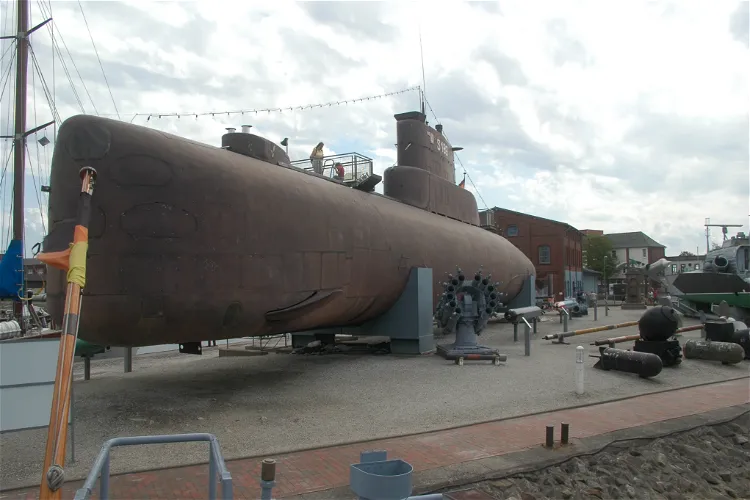
Deutsches Marinemuseum Wilhelmshaven
WilhelmshavenThe Deutsches Marinemuseum in Wilhelmshaven is a significant institution that presents the evolution of German naval military since 1848. The museum's primary focus is on the Bundesmarine / German Navy, providing visitors with a comprehensive understanding of Germany's maritime history and the role of its navy over the years.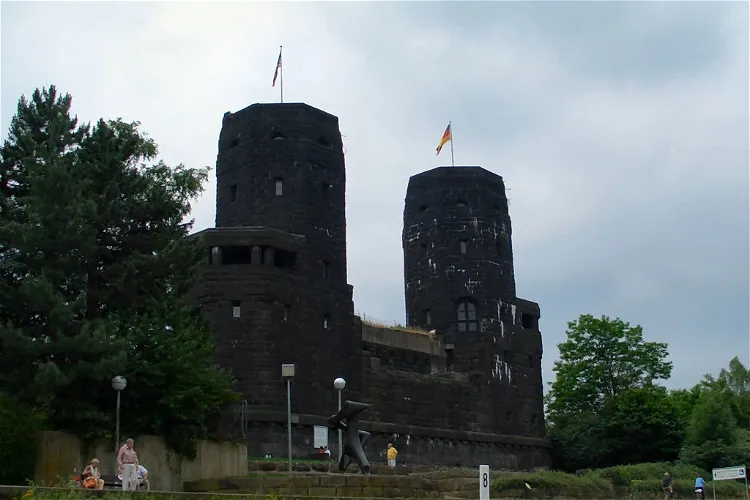
Friedensmuseum Brücke von Remagen
RemagenThe Friedensmuseum Brücke von Remagen is a museum situated on the left bank of the former Ludendorff Bridge in Remagen. This location is significant as it was a strategic point during World War II. The museum offers a unique perspective on the history of the bridge and the events that took place there.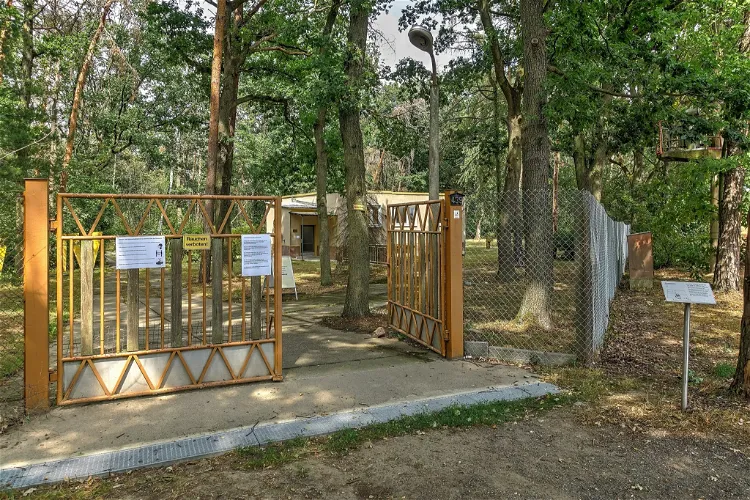
Stasi Bunker Museum
LübschützThe Lübschützer Teiche Bunker Complex, constructed from 1968 to 1972, was intended to serve as an emergency command centre for the District Administration for State Security, Leipzig, in the event of war or a nuclear attack. This historical context provides a unique insight into the Cold War era and the measures taken by the Stasi to ensure their operational continuity in extreme circumstances.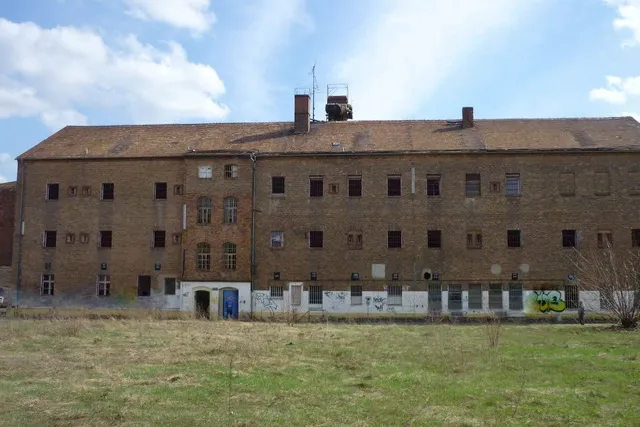
Gedenkstätte Zuchthaus Cottbus
CottbusThe Gedenkstätte Zuchthaus Cottbus, a former prison in Cottbus, is a significant historical site. It was opened in 1860 after three years of construction. This site offers a unique insight into the history of the region and the country's penal system.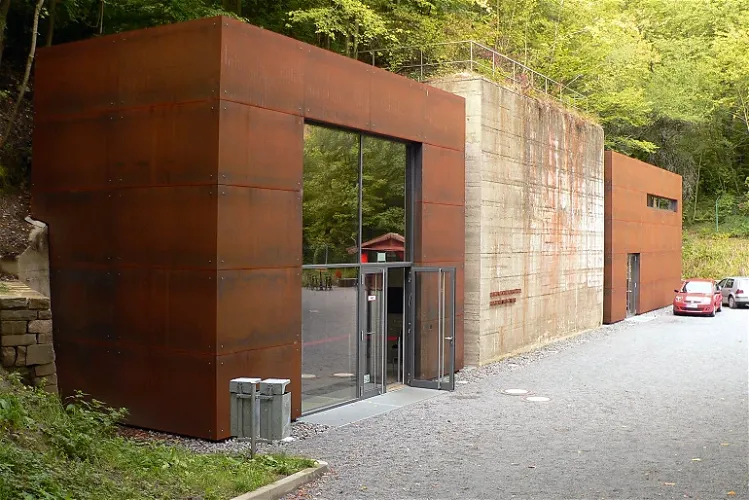
Government bunker
Bad Neuenahr-AhrweilerThe Government Bunker Regierungsbunker in Germany, also known as the Emergency Seat of the Federal Constitutional Organs, was a significant Cold War-era construction. It was designed to house the German government, parliament, and enough federal personnel to maintain the government's functionality in the event of war or severe crisis. This massive underground complex is a testament to the tensions and fears of the Cold War period.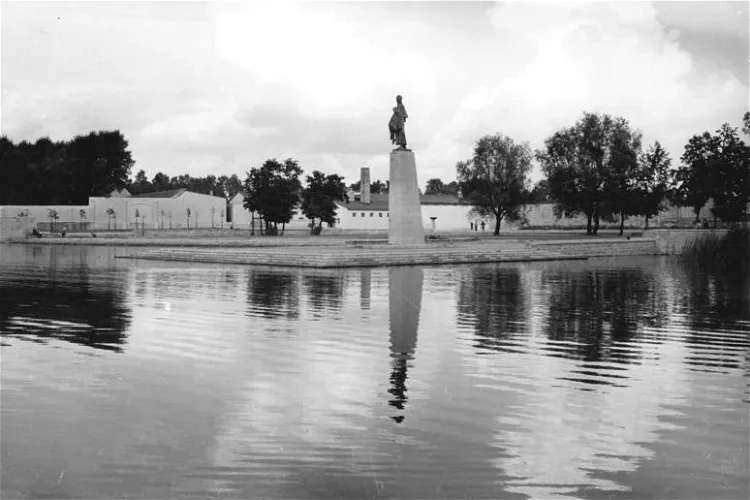
Mahn- und Gedenkstätte Ravensbrück
Fürstenberg/HavelThe Ravensbrück Memorial and Museum is a significant historical site located in the city of Fürstenberg/Havel. It serves as a memorial for the victims of several Nazi concentration camps, including Ravensbrück and neighboring camps. The site was part of the SS forced labor system during World War II.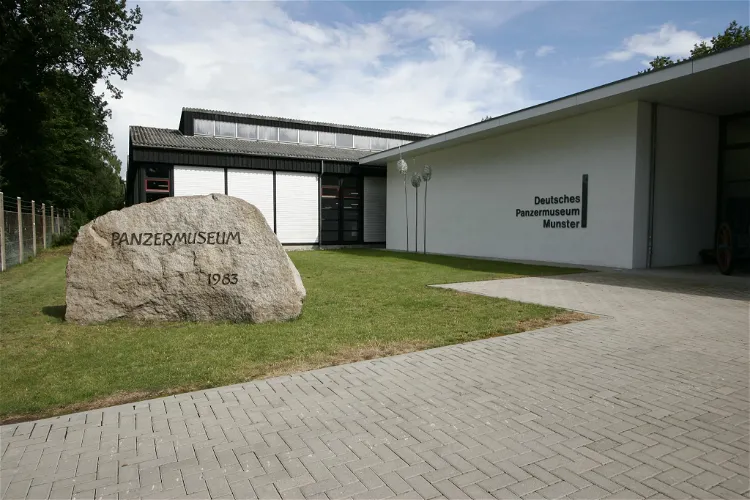
German Tank Museum
MunsterThe German Tank Museum, also known as Deutsches Panzermuseum Munster, is situated in Munster, Germany. It is an armoured fighting vehicle museum that is located within the Munster Training Area camp. This museum is a significant destination for those interested in military history and armoured vehicles.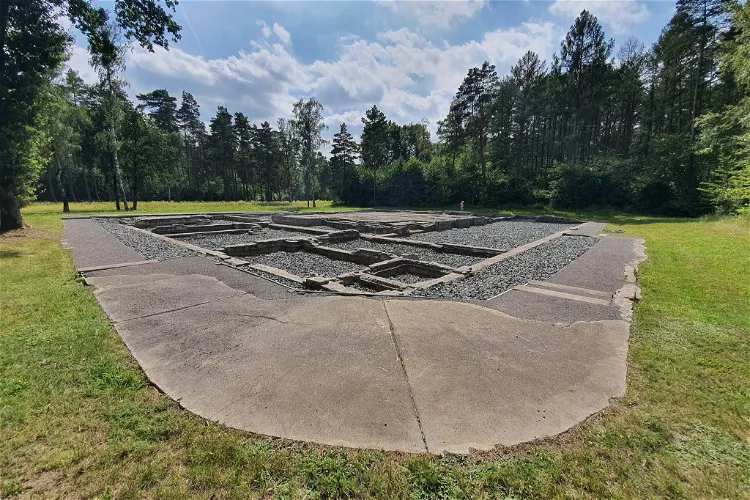
Bergen-Belsen Concentration Camp
LohheideBergen-Belsen was a concentration camp during the Nazi era, situated in the present-day German state of Lower Saxony, specifically in the urban district of Celle. It was operational from 1940 and initially served as a camp for prisoners of war. Over the years, it saw a significant increase in population, especially with the arrival of Soviet prisoners in 1941.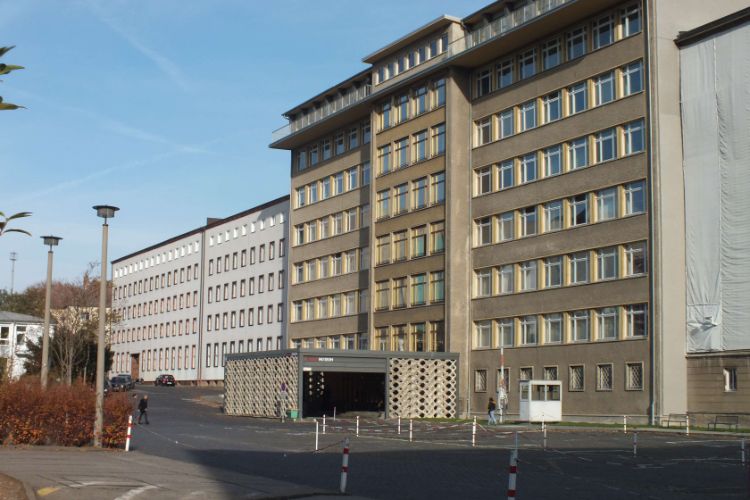
Stasi Museum
BerlinThe Stasi Museum, also known as Forschungs- und Gedenkstätte Normannenstraße, is a facility located in Berlin. It is dedicated to providing information about the activities of the State Security, resistance movements and opposition in the GDR, and various aspects of the political system of the GDR. This museum offers a comprehensive insight into the history and operations of the State Security during the GDR era.
Haus der Wannsee-Konferenz
BerlinDespite its romantic setting by the lake, the Haus der Wannsee-Konferenz has witnessed a dreadful part of German history. The so-called "Final Solution", the deportation and mass murder of European Jews, was put into motion in this villa in 1942. As a reminder of these horrible acts, it has been tur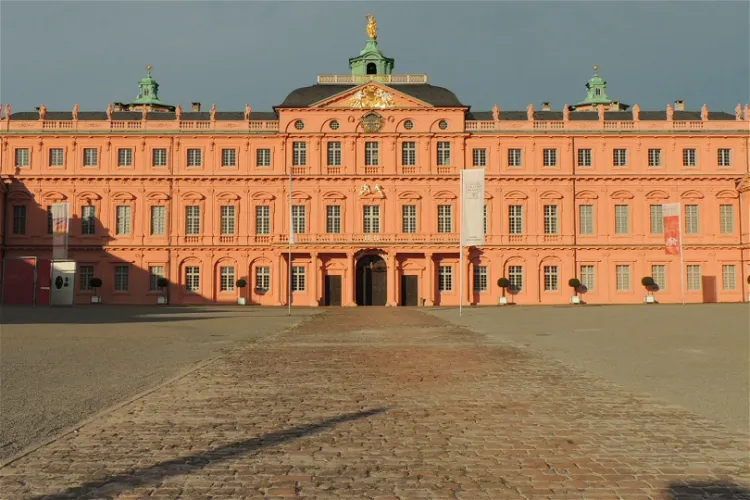
Schloss Rastatt
RastattSchloss Rastatt, situated in Baden, Germany, is a historical site that was once the residence of the Margraves of Baden. The castle was constructed in 1700 by the Italian architect Domenico Egidio Rossi for Margrave Louis William of Baden. This historical context adds to the rich tapestry of the castle's past, making it a fascinating destination for those interested in history and architecture.
Sonnenstein Euthanasia Centre
PirnaSonnenstein Castle in Pirna, Saxony, Germany, was the site of the Nazi extermination center, Pirna-Sonnenstein. The castle, which had been serving as a hospital since 1811, became a significant location in the history of the Holocaust. It was here that the Aktion T4 and Aktion 14f13 programs were carried out, leading to the death of approximately 15,000 disabled individuals and concentration camp detainees.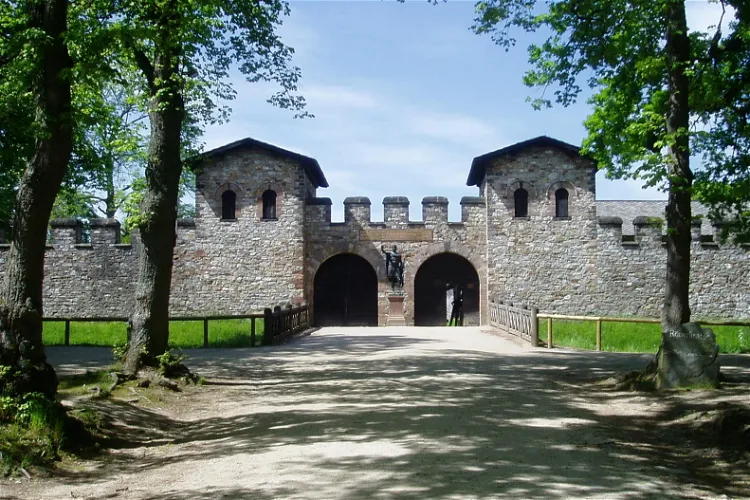
Saalburg
Bad Homburg vor der HöheLa Saalburg is an ancient Roman fort located in the Taunus mountain range, in the state of Hesse, Germany. It was part of the Germanic Limes, a series of forts established at the northern border of the Roman Empire. This historical site offers a unique insight into the Roman Empire's northernmost frontier and its defensive structures. It's a great place for history enthusiasts and those interested in archaeology.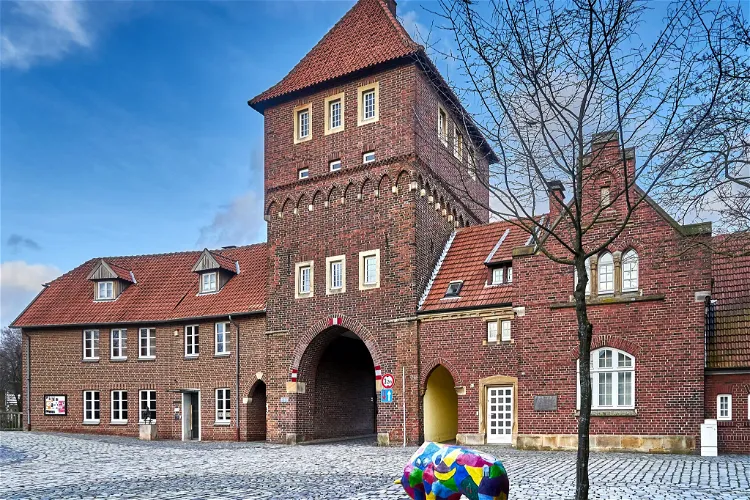
Walkenbrückentor
CoesfeldThe Walkenbrückentor is not just a historical monument, but also a cultural hub. Since 1988, it has been home to the Municipal Tower Gallery and the City Museum. The museum was thoroughly renovated and redesigned before its reopening under the name 'Das Tor' on January 29, 2012. It offers a unique insight into the city's history and culture.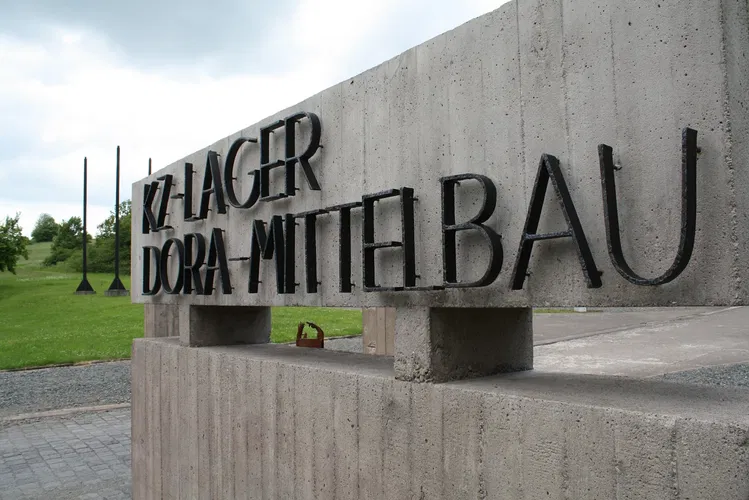
Mittelbau-Dora concentration camp
NordhausenMittelbau-Dora, sometimes referred to as the Mittelbau concentration camp, is a historical site located near Nordhausen, south of the Harz Mountains. Established in August 1943, this Nazi concentration camp played a significant role during World War II. Today, it serves as a reminder of the atrocities committed during this period and offers visitors an opportunity to learn about this dark chapter in history.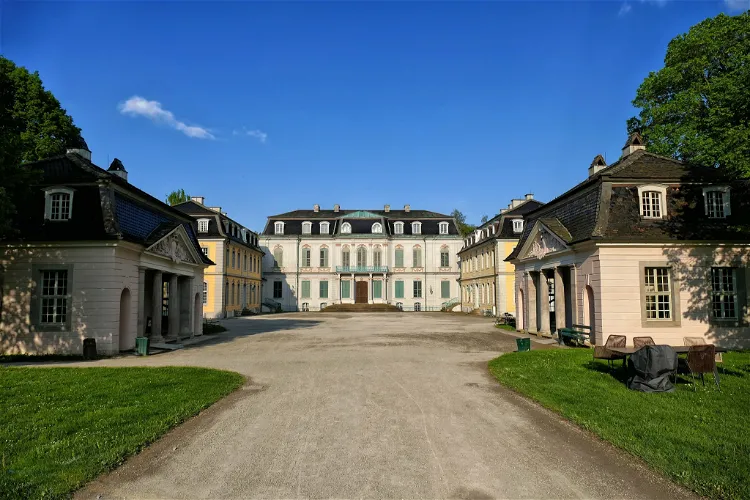
Schloss Wilhelmsthal
CaldenVisitors can explore the castle building as part of daily tours. The park, which has been part of the European Garden Heritage Network since 2009, is freely accessible all year round until dusk. This offers a great opportunity to enjoy the beautiful surroundings and the historical architecture of the castle.
Samurai Museum Berlin - Peter Janssen Collection
BerlinThe Samurai Museum Berlin is a unique institution that houses a private collection of artifacts and art objects related to the Japanese warrior class. This collection belongs to Peter Janssen, a construction entrepreneur. The museum offers a rare opportunity to explore the rich history and culture of the Samurai, making it a fascinating destination for those interested in Japanese history and culture.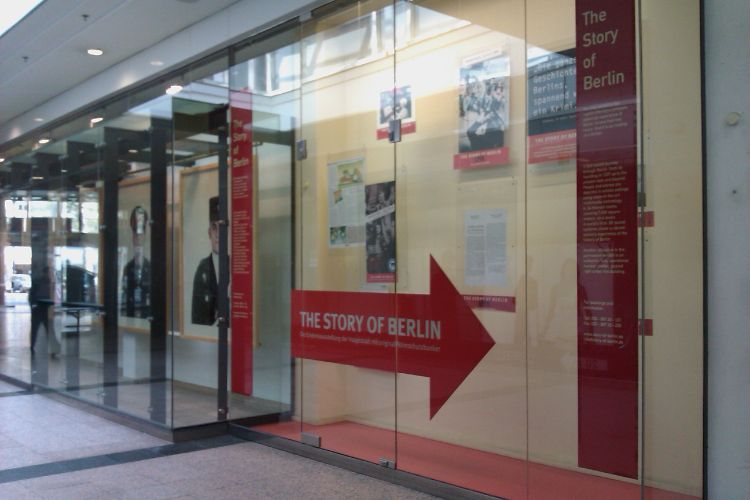
Story of Berlin
BerlinOperating since 1999, the interactive museum Story of Berlin presents the history of Berlin. Learn how people lived in different eras of the city's history. You can also take a guided tour through a nuclear bomb shelter from the Cold War. The museum is located inside the Kudamm Karree shopping mall.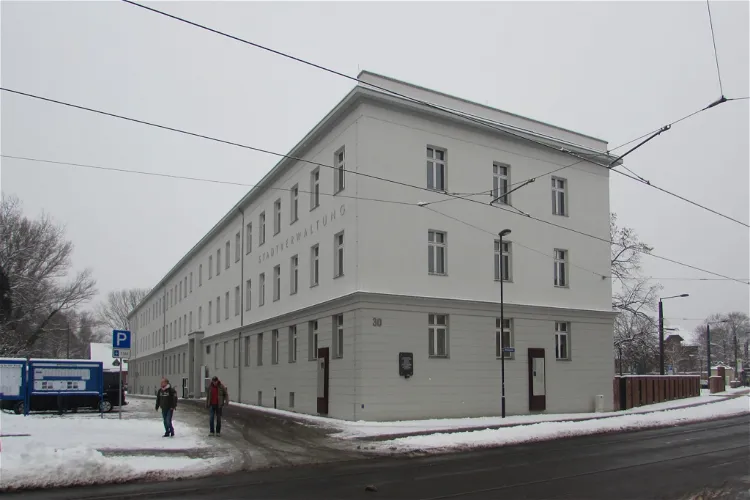
Brandenburg Euthanasia Centre
Brandenburg an der HavelThe Brandenburg Euthanasia Centre, also known as the Brandenburg an der Havel State Welfare Institute, was established in 1939. It was part of the Nazi euthanasia programme, which was later referred to as 'Aktion T4' after the war. This historical site provides a glimpse into a dark chapter of human history, where nearly 10,000 people, primarily those with mental and physical disabilities, were murdered.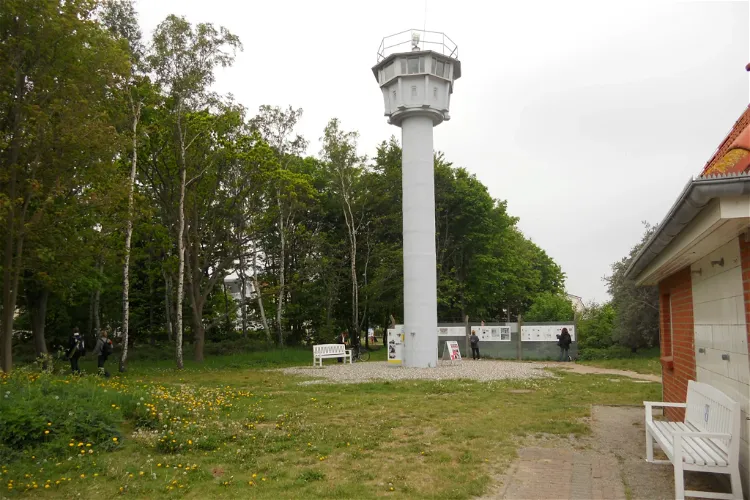
Baltic Sea watchtower
KühlungsbornThe Baltic Sea watchtower in Kühlungsborn is a significant historical site, having served as a watchtower for the East German border troops. Constructed in 1972, the tower was manned by the Coastal Brigade and is conveniently located next to the beach promenade, a short distance from the pier. This makes it an easily accessible site for tourists interested in history and the Cold War era.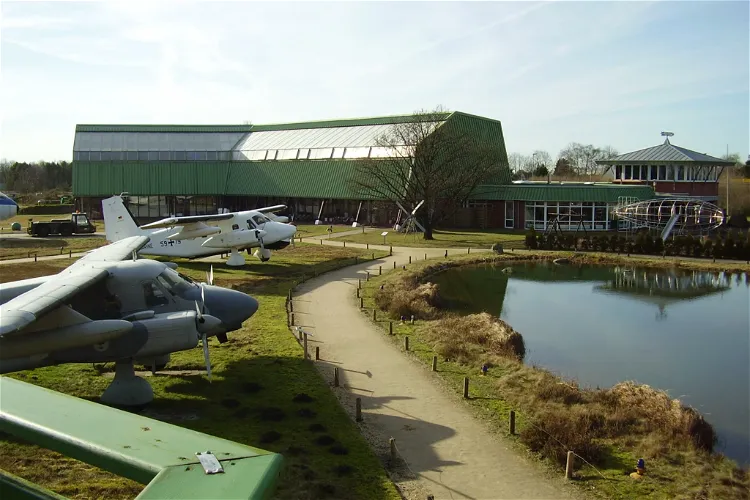
Aeronauticum
Wurster NordseeküsteThe Aeronauticum is the official German maritime aircraft museum, situated in the town of Nordholz, which is in close proximity to Cuxhaven, Lower Saxony. This location makes it easily accessible for tourists visiting the region. The museum offers a unique insight into the history of German maritime aviation, making it an interesting destination for history and aviation enthusiasts.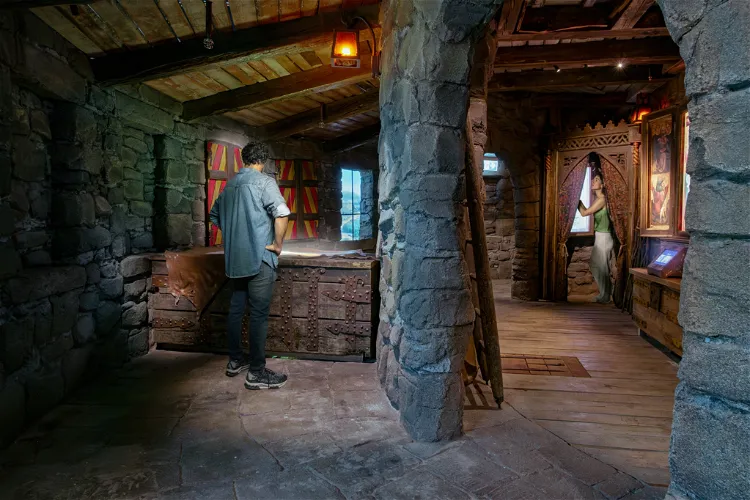
Deutschlandmuseum
BerlinThe immersive history experience! Travel through 2000 years of German history: sneak round a castle, operate Gutenberg’s printing press, dance in the roaring 20s and see the ruins of Berlin after WW2. Finish in the 1990s on a Berlin S-Bahn. THEA Award Winner 2024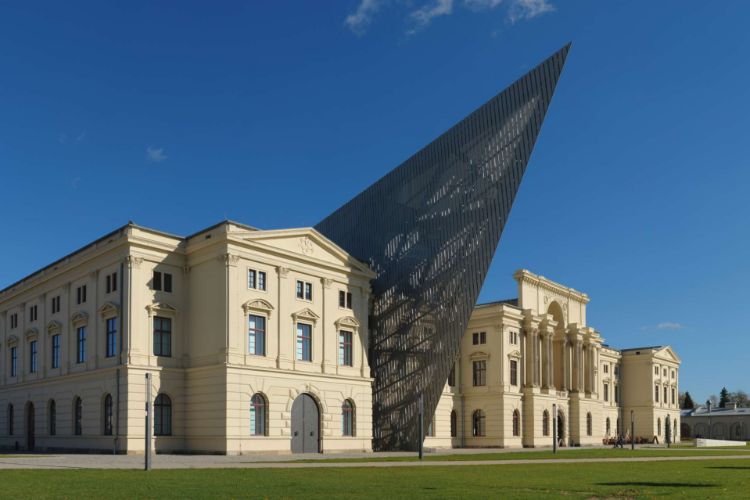
Military History Museum
DresdenThe Bundeswehr Military History Museum (Militärhistorisches Museum der Bundeswehr Dresden, MHMBw) is the military museum of the Bundeswehr (the German Armed Forces). The museum is housed in a former military arsenal and is one of the major military history museums in Germany. The Military History Mu
Wehrgeschichtliches Museum Rastatt
RastattThe Wehrgeschichtliche Museum Rastatt (WGM) is a museum dedicated to modern German military history. It is situated in the south wing of the Rastatt Residence Palace, a significant historical site in itself. The museum provides a comprehensive overview of the military history of Germany, making it an ideal destination for history enthusiasts.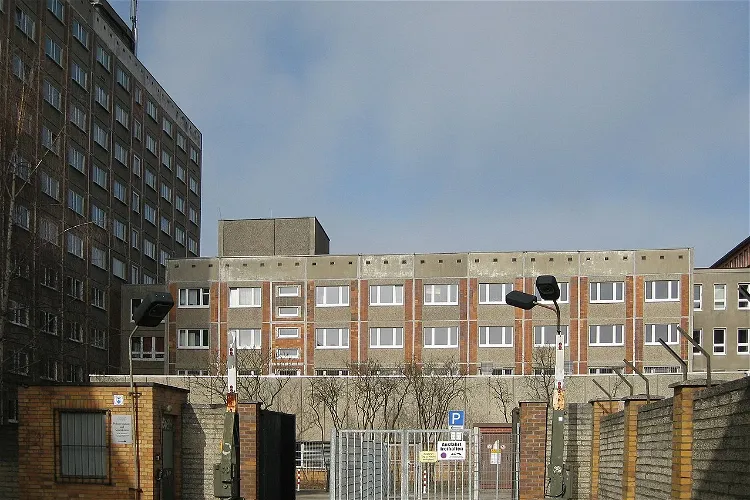
Dokumentations- und Gedenkstätte für Opfer deutscher Dikaturen BStU Rostock
RostockThe Documentation and Memorial Site (DuG) in Rostock is located in the former remand prison of the Stasi district administration. The site focuses on the activities of the Ministry for State Security (MfS) of the GDR and serves as a memorial to its victims. This historical site provides a unique insight into the operations of the MfS and the impact it had on the lives of the people during the GDR era.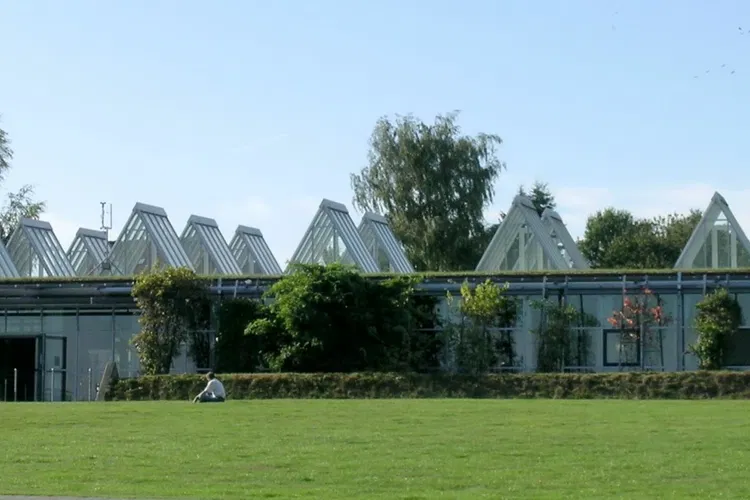
Aliso (Roman camp)
Haltern am SeeAliso, a Roman military establishment, was built by Augustus near the current Haltern am See. This was part of his plan to create the Roman province of Germania. Today, this historical site offers a glimpse into the past, providing an understanding of the Roman military strategies and architectural prowess.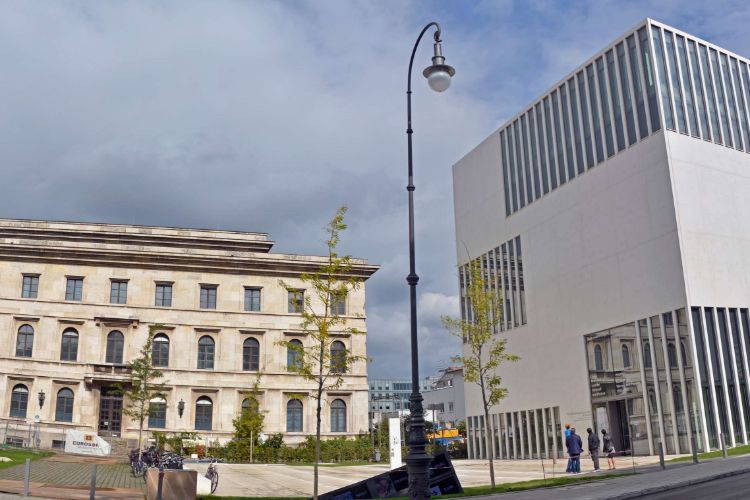
NS-Dokumentationszentrum Munchen
MunichThe NS-Dokumentationszentrum Munchen is a museum in Munich that is dedicated to the history of the city and of Bavaria between the First and Second World Wars, with particular attention to the political and social consequences of Nazism. Opened to the public on 1 May 2015, the museum was built symbo
Historisches Museum Hanau Schloss Philippsruhe
HanauThe Historisches Museum in Hanau is the largest museum among the "Museums of the City of Hanau". It showcases collections from both the city of Hanau and the Hanau History Association. The majority of the collection is presented in Schloss Philippsruhe, making it a significant location for visitors interested in regional history and art history.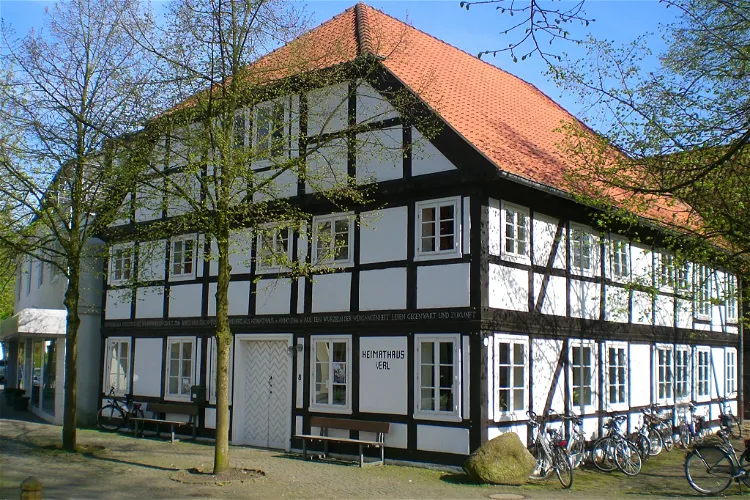
Heimathaus Verl
VerlThe Heimathaus Verl is a historical building that dates back to around 1615. Today, it is used by the local association of the city of Verl, located in the district of Gütersloh in North Rhine-Westphalia, for various cultural events. This includes readings, concerts, and art exhibitions, making it a vibrant hub of local culture and history.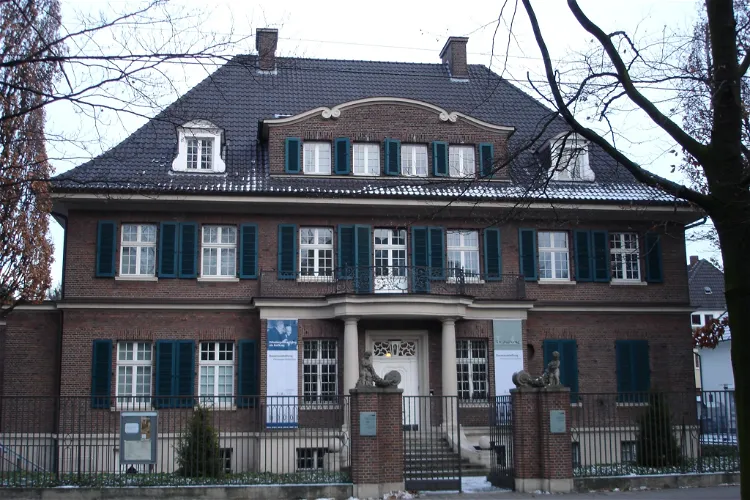
Villa ten Hompel
MünsterThe Villa ten Hompel, located in the city of Münster in the German state of North Rhine-Westphalia, serves as a memorial site. It is dedicated to the offenses committed by the police and government administration during the National Socialist period. This historical site provides a unique insight into the past, allowing visitors to learn about the role of the police and government administration during this time.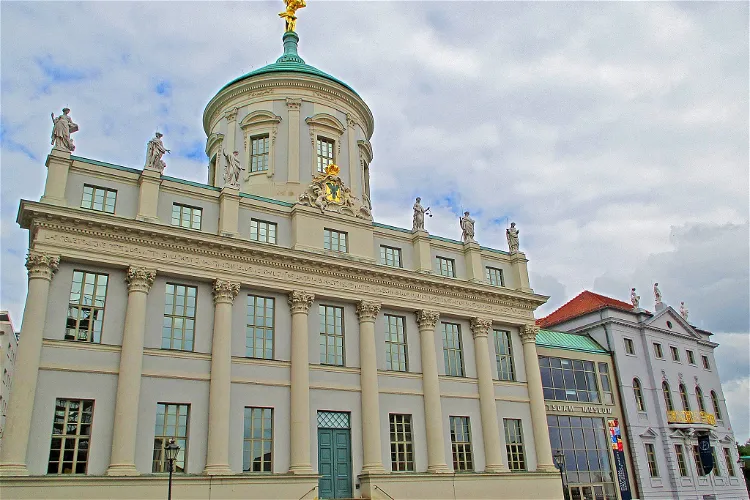
Potsdam Museum
PotsdamThe Potsdam Museum, established in the early 20th century, is home to an impressive collection of over 250,000 objects. This makes it one of the largest repositories of art, culture, and regional history in the state of Brandenburg. The museum's collection reflects the civic engagement and collecting passion of its founders, offering a rich and diverse insight into the region's past.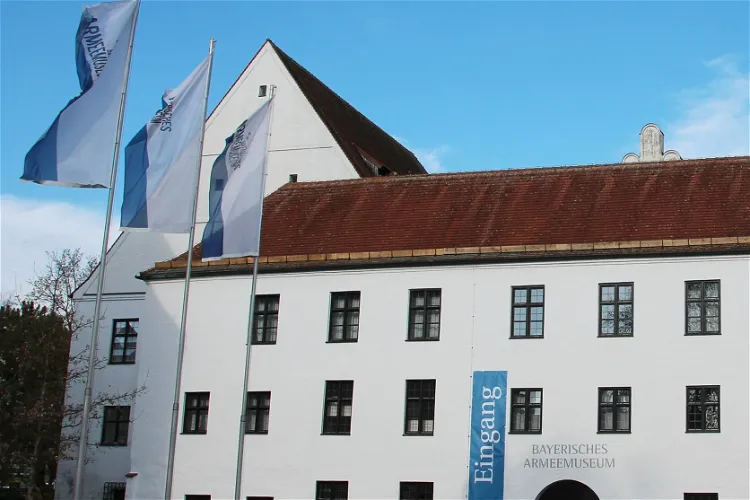
Bayerisches Armeemuseum
IngolstadtThe Bayerische Armeemuseum, located in Ingolstadt, is the military history museum of the Free State of Bavaria. It was founded in 1879 in Munich, at a time when Bavaria, which had joined the German Empire in 1871, still retained significant reserve rights, including its own army under the command of its monarch. The museum has been located in Ingolstadt since 1972, and its main collection is housed in the Neues Schloss.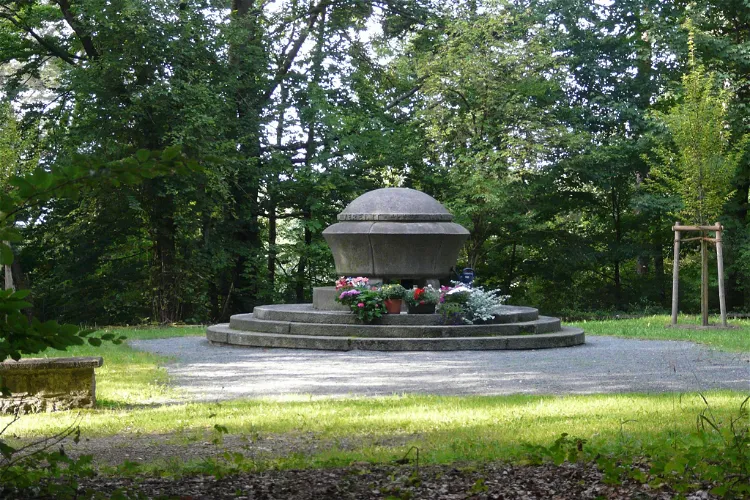
Dokumentationsort KZ Hersbruck
HersbruckThe Hersbruck concentration camp, located in the city of the same name, was a sub-camp of the larger Flossenbürg camp. It was operational from July 1944 to March 1945, serving as a grim reminder of the atrocities committed during the Nazi regime.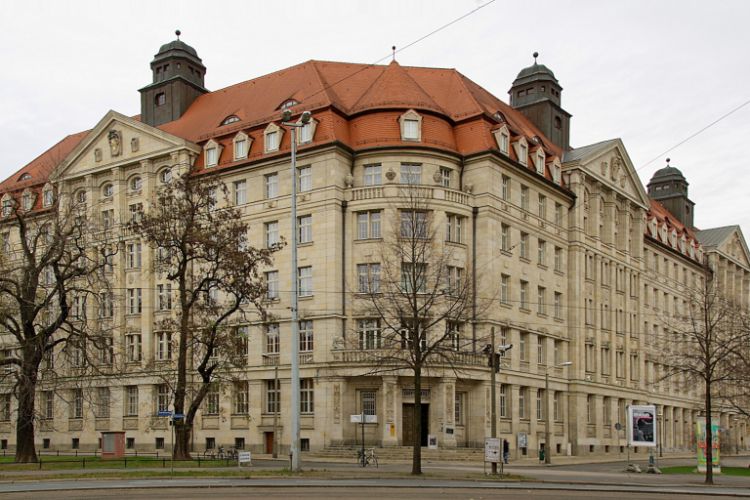
Museum in der Runden Ecke
LeipzigThe Museum in der Runden Ecke is a museum in Leipzig on the history, structure and operation of the Ministry of State Security (MfS) in the GDR. The museum houses the permanent exhibition "Stasi - Power and Banality".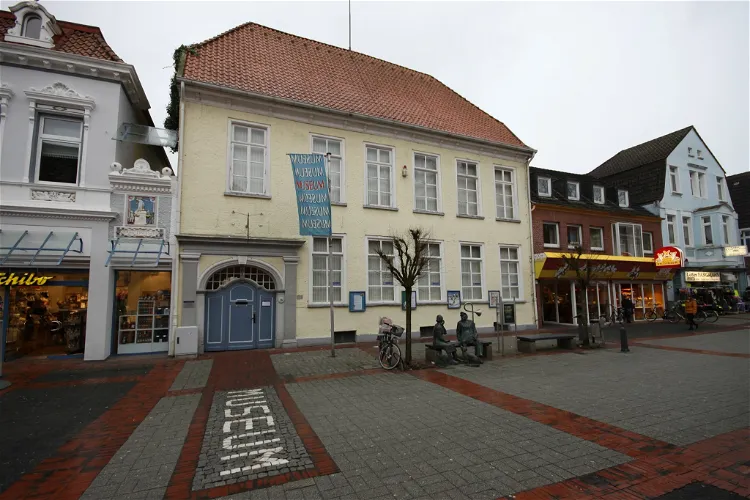
Aurich History Museum
Landkreis AurichThe Historical Museum of Aurich is situated in the East Frisian county town of Aurich. It is housed in a historical building known as the Old Chancellery. The museum is a part of the Ostfriesland Museum Association, a network of museums in the region that work together to promote and preserve the history and culture of East Frisia.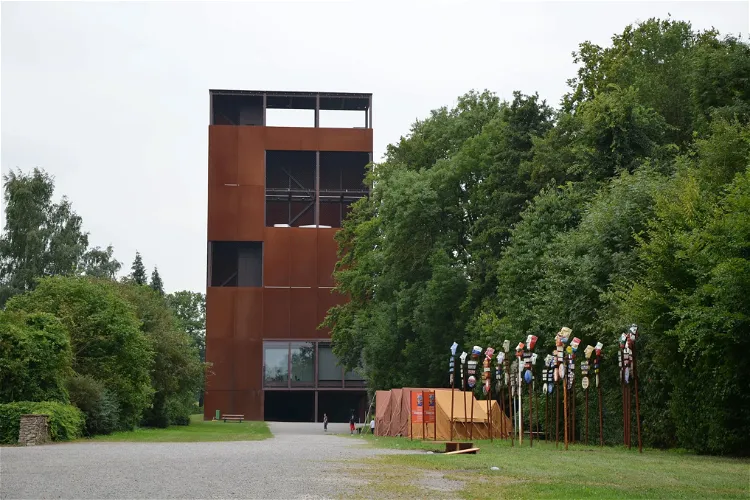
Varusschlacht im Osnabrücker Land - Museum und Park Kalkriese
BramscheMuseum und Park Kalkriese is an archaeological museum located in the Bramsche district of Kalkriese in the Osnabrück region. It features an attached open-air museum, providing visitors with a unique opportunity to explore the history and archaeology of the area.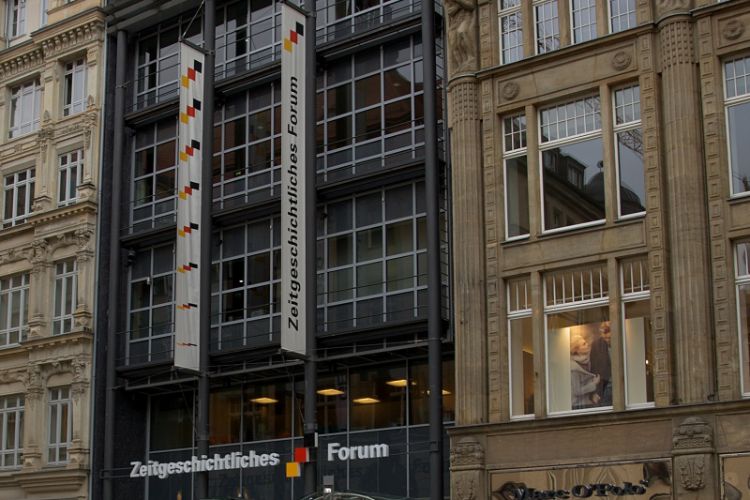
Zeitgeschichtliches Forum
LeipzigThe Zeitgeschichtliche Forum is a museum in Leipzig that illustrates the history of the German division, of everyday life in the communist dictatorship of the GDR and of the reunification process as well as the challenges that face the reunited Germany in the 21st century. The permanent exhibition b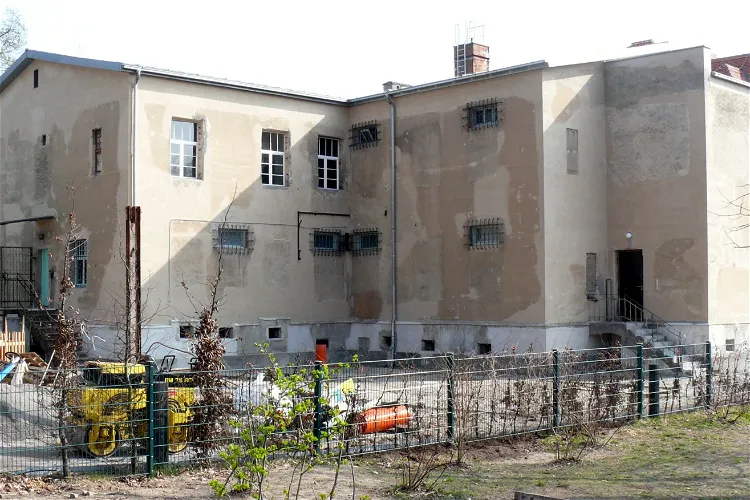
KGB Prison, Potsdam
PotsdamThe KGB Prison remained operational until the dissolution of the KGB in 1991. Post this, it was used as a warehouse. In 1994, following the withdrawal of the Soviet/Russian troops from Germany, the prison was returned to the Evangelical Church Aid Association.
Kelten- & Römermuseum Manching
ManchingThe Kelten-Römer-Museum, located in Manching, approximately ten kilometers southeast of Ingolstadt, is a branch of the Archaeological State Collection Munich. The museum was inaugurated on June 2, 2006, and offers a unique insight into the history and culture of the Celts and Romans.
Gruben- und Feldbahnmuseum
WittenThe German Mining and Field Railway Museum, located in Witten - Bommern in the Ruhr area, is a technical museum that offers a unique insight into the history of mining and field railways. The museum is situated on the grounds of the Zeche Theresia mine, which closed in 1892, and is part of the Muttental mining trail. This location not only provides a historical context for the exhibits but also offers a scenic backdrop for visitors.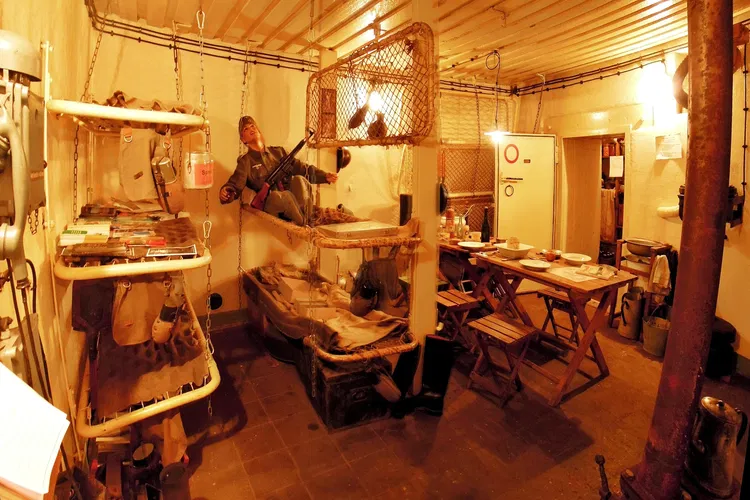
Westwallbunker (Pachten)
Dillingen/SaarThe Westwallbunker (Pachten) is a preserved bunker of the Westwall facility in Dillingen. The excavation and restoration of the bunker began in 2004 and was completed in 2008. This historical site offers a unique insight into the military architecture and history of the region during the Second World War.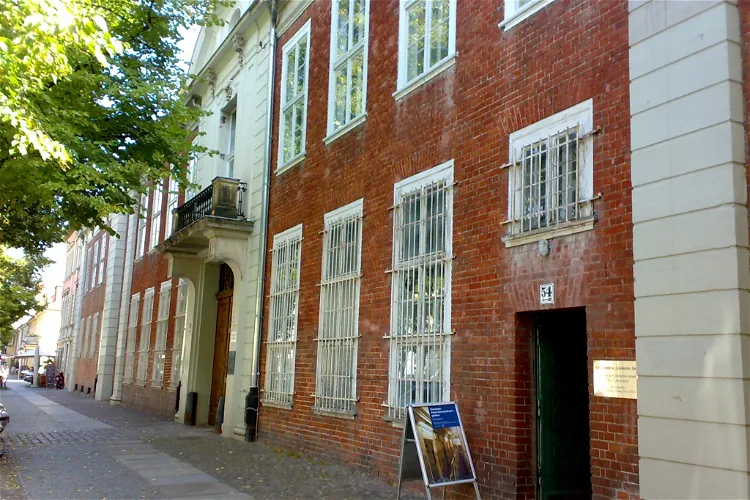
Gedenkstätte "Lindenstr. 54/55"
PotsdamThe Lindenstraße 54/55 memorial in Potsdam is a significant site that commemorates the political persecution that took place during both German dictatorships. The building, colloquially known as the "Lindenhotel", served as a detention center for political prisoners during the Nazi era. After the war, it was taken over by the Soviet secret service NKWD / MGB and later the Stasi of the GDR, continuing its function as a detention center.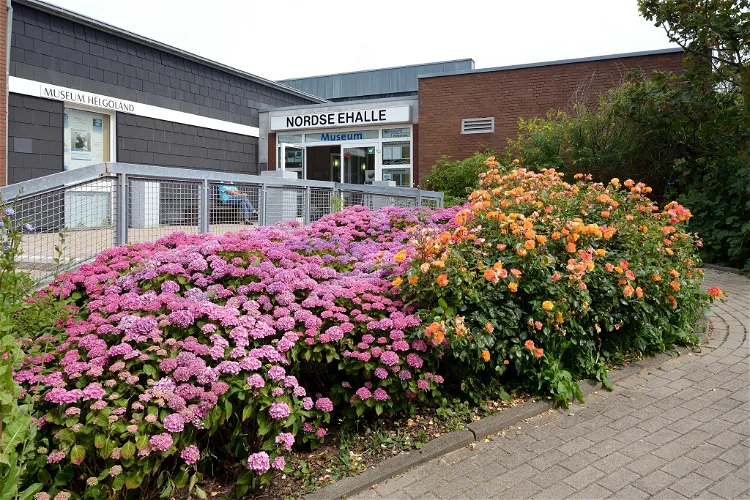
Museum Helgoland
HeligolandMuseum Helgoland is a place where visitors can delve into the natural history and local history of the island of Heligoland. The museum offers a comprehensive overview of the island's past, from its geological formation to its cultural development. It's an excellent place for those interested in learning more about the unique characteristics of this North Sea island.
Fuggereimuseum
AugsburgThe Fuggereimuseum houses a permanent exhibition that showcases the history of the Fuggerei. Additionally, it features a historical museum apartment that provides a glimpse into life in the Fuggerei during the early 19th century. There is also a modern show apartment that offers a look at contemporary living in the Fuggerei.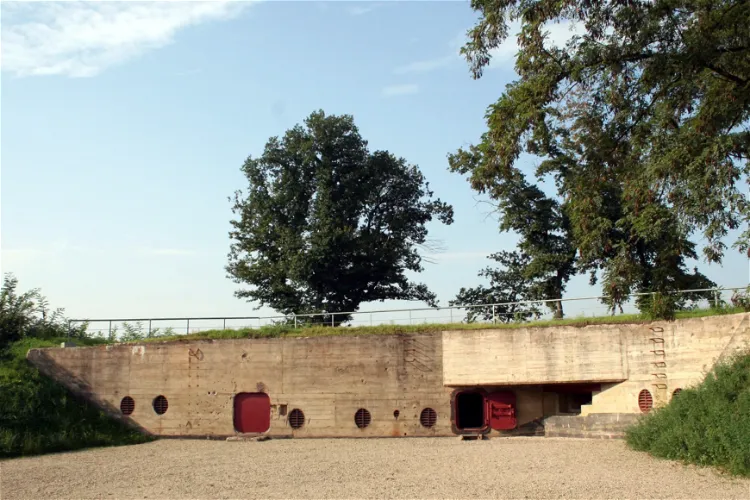
Besseringen B-Werk
MerzigThe B Werk near Besseringen is a unique historical site as it is the only completely preserved fortification built to construction standard B in the Siegfried Line. This makes it a significant part of the Saar position and a key point of interest for those interested in military history and architecture. The fortification is located within the borough of the German town of Merzig.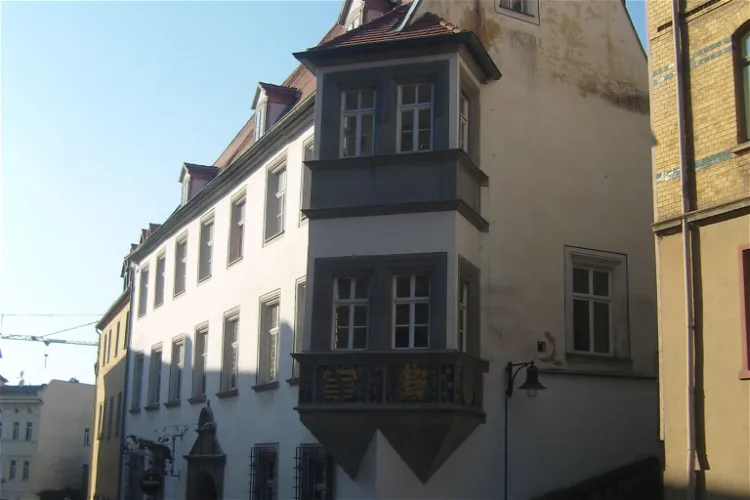
Geleitshaus
WeißenfelsThe Geleitshaus, located in the Große Burgstraße of Weißenfels, is a historical building that now houses the Gustav-Adolf-Museum and an Irish Pub. This former escort office is a significant part of the city's history and offers visitors a chance to explore the past while enjoying modern amenities.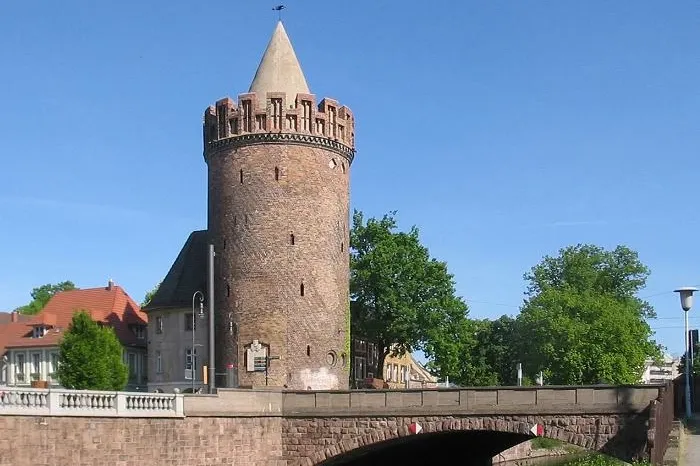
Steintorturm
Brandenburg an der HavelThe Steintorturm is a significant historical structure in Brandenburg an der Havel. It stands as one of the four remaining gate towers of the two cities of Brandenburg, out of the original eight. This tower is part of the medieval fortification system that once consisted of ten gates, making it a key part of the city's historical defense system.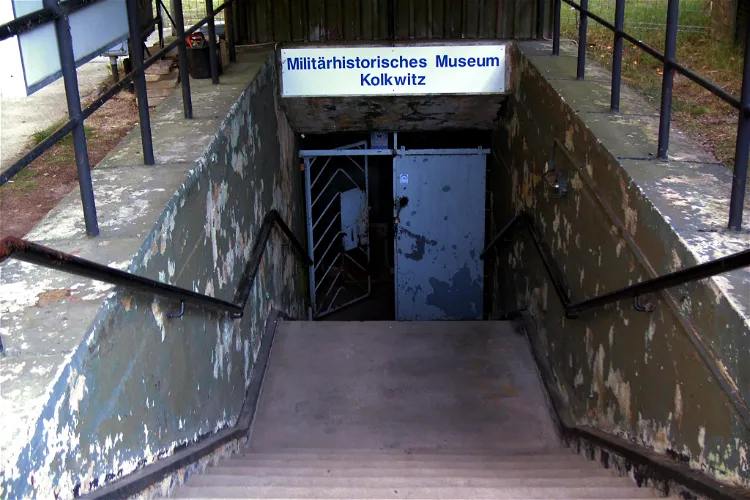
Bunker Kolkwitz
KolkwitzThe Bunker Kolkwitz is conveniently located about 12 kilometers west of Cottbus, in the municipality of Kolkwitz. It is situated on the edge of the "Am Technologiepark" industrial area, making it easily accessible for visitors.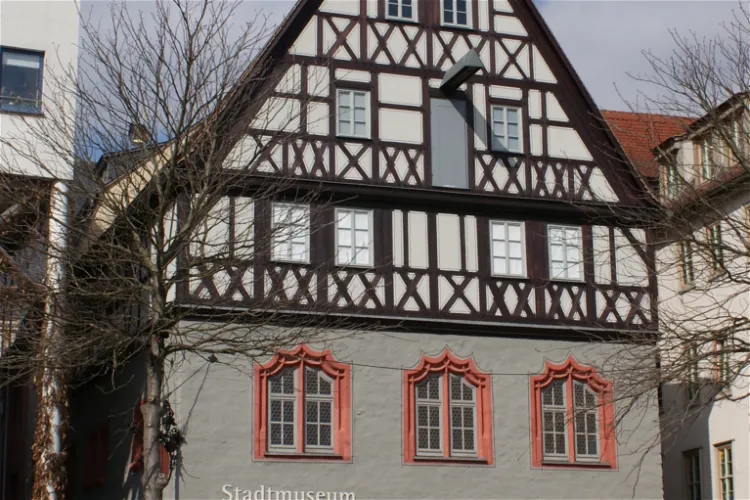
Stadtmuseum Jena
JenaThe Stadtmuseum Jena, situated in the Göhre on the northern side of the historic Jena market square, is a place of rich history. The foundations of the Göhre, where the museum is housed, date back to the 13th century, adding a layer of historical depth to your visit.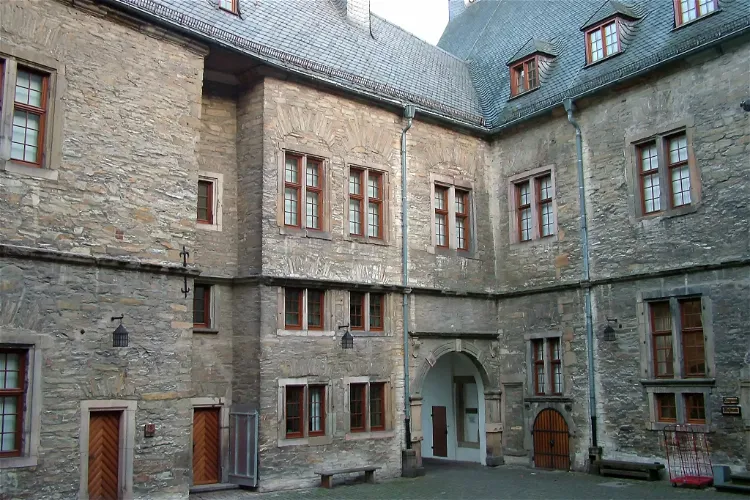
Wewelsburg District Museum
BürenWewelsburg is a Renaissance castle situated in the village of the same name in Nordrhein-Westfalen, Germany. The castle is surrounded on three sides by the village, which is now part of the city of Büren. The castle was built in its current form between 1603 and 1609 as the second home to Prince-Bishop Dietrich von Fürstenberg. Today, the castle appears as a remodeling and inclusion of earlier buildings on the site, with the first buildings erected as early as the 8th and 9th centuries.
Museum Schloss Adelsheim
BerchtesgadenSchloss Adelsheim, located in Berchtesgaden, Bavaria, is a historic site that dates back to 1614. Since 1968, it has been home to the Museum Schloss Adelsheim. This museum showcases permanent and special exhibitions of historical objects related to Berchtesgaden on an exhibition area of up to 760 square meters.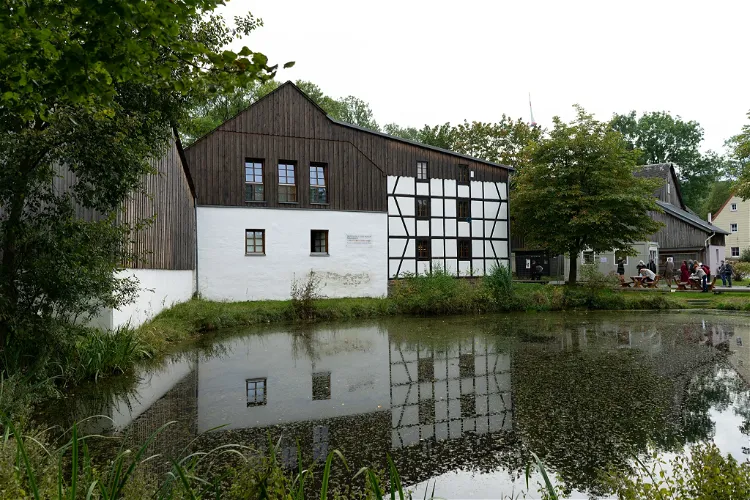
German-German Museum Mödlareuth
GebersreuthThe German-German Museum Mödlareuth is situated in the town of Mödlareuth, which was once divided by the inner German border. This unique location provides a tangible historical context for the museum's exhibits, making it a fascinating destination for those interested in the history of Germany's division and reunification.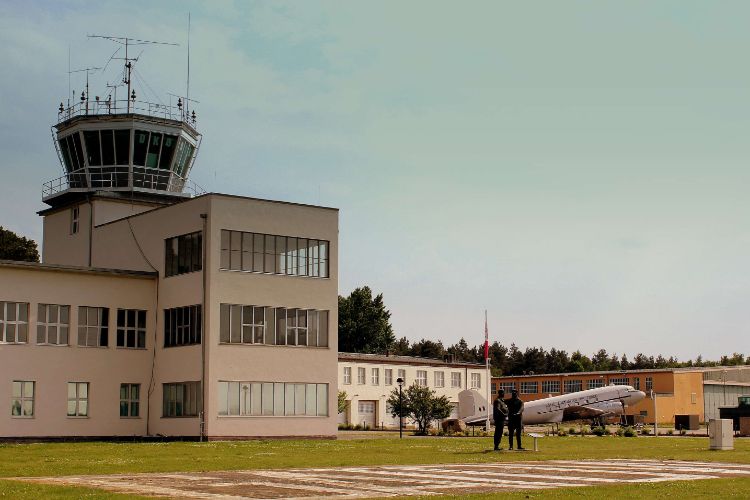
Bundeswehr Museum of Military History – Berlin-Gatow Airfield
BerlinThe Bundeswehr Museum of Military History – Berlin-Gatow Airfield is a military history museum of the German Air Force Luftwaffe at a former Luftwaffe and Royal Air Force (RAF) airfield, RAF Gatow. It is one of the German military's largest military history museums and mainly focuses on the history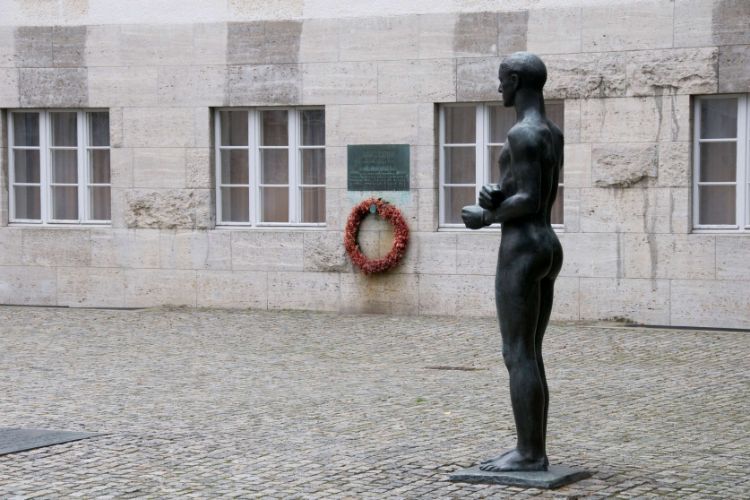
The German Resistance Memorial Centre
BerlinThe German Resistance Memorial Centre is a memorial, museum with a permanent exhibition and research center in Berlin that is dedicated to German resistance to Nazism, occupying three floors of one of the Bendlerblock buildings. It was at the Bendlerblock in the inner courtyard where members of the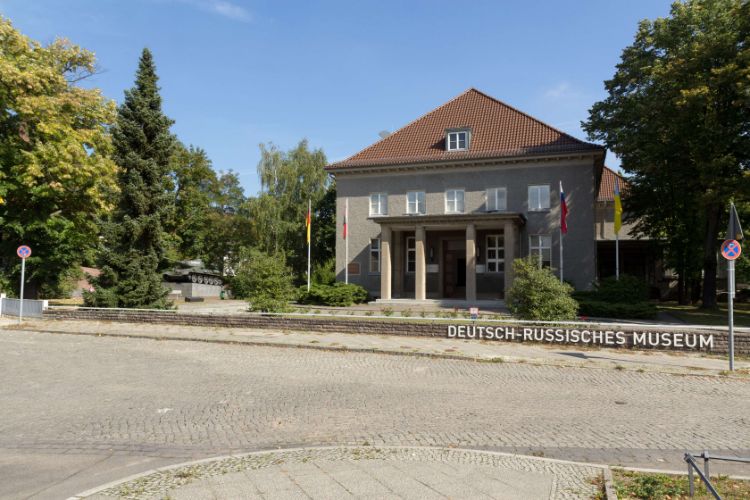
German-Russian Museum Berlin-Karlshorst
BerlinThe German-Russian Museum Berlin-Karlshorst is a museum that is devoted to German-Soviet and German-Russian relations. The museum is housed in the historical venue of the unconditional surrender of the German armed forces in 1945, where it illustrates the history of German-Soviet relations from 1917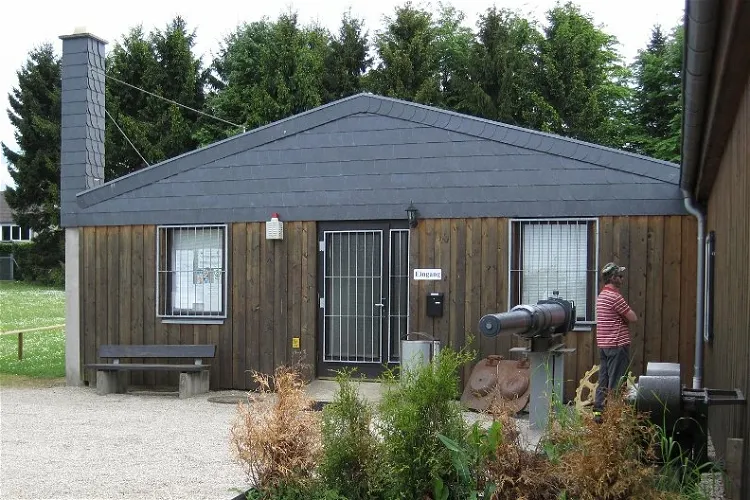
Museum Huertgen Forest 1944 and in Peacetime
HürtgenwaldThe Museum Hürtgenwald 1944 and in Peacetime is situated in the scenic town of Vossenack, within the municipality of Hürtgenwald in the district of Düren, North Rhine-Westphalia. This location is easily accessible and offers a rich historical context for visitors interested in World War II history.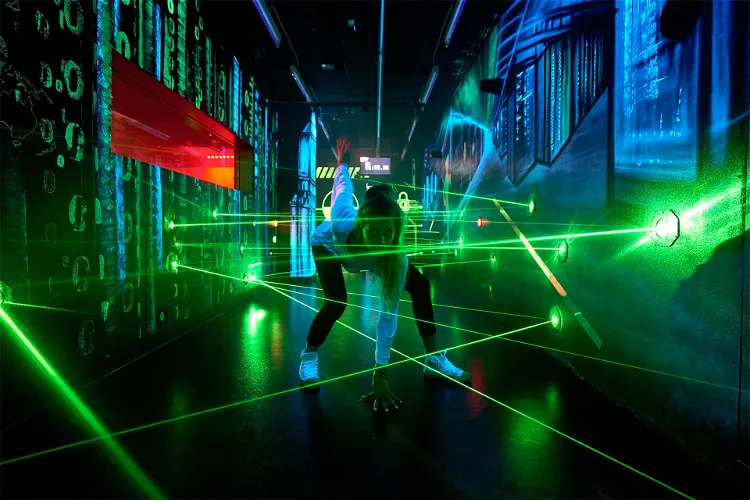
German Spy Museum Berlin
BerlinWho was the first spy? Did you know that drones were used in World War Two? Which secret service had the best codes? What is the difference between a honey-trap and the Romeo method? Who knows more about you – the Stasi, the NSA, Facebook or Miles and More? The German Spy Museum charts the history o
Neuengamme Concentration Camp Memorial
HamburgThe Neuengamme concentration camp was a network of concentration camps in the North of Germany that consisted of the main camp, Neuengamme, and its more than 85 subcamps. With more than 100000 prisoners that came through The Neuengamme camp and its subcamps, it became the largest concentration camp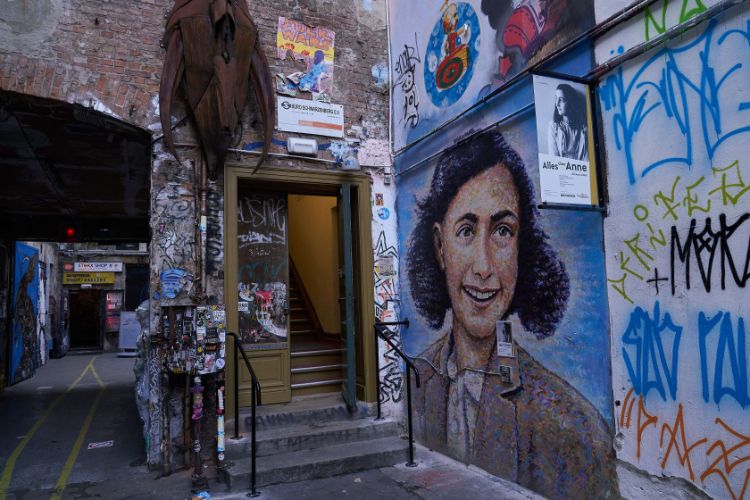
Anne Frank Zentrum
BerlinThe Anne Frank Zentrum is the German partner organization of the Anne Frank House in Amsterdam. Its permanent exhibition "All about Anne" invites audiences to explore Anne Frank's life and her diary as a way to personalize the history of the Holocaust. Interactive learning installations encourage vi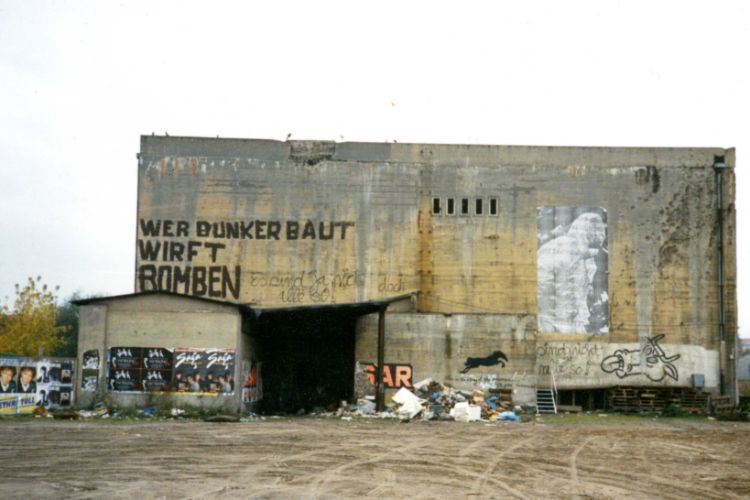
Berlin Story Museum
BerlinThe Berlin Story Museum houses three floors of exhibitions that provide you with a concise overview of the history of Berlin. You will see period photographs, films, and other artefacts. As a part of a guided tour, you can access an authentic air raid shelter dating back to the World War II.
Allied Museum
BerlinThe Allied Museum is a museum in Berlin that documents the involvement of Western powers, the Allies (the United States, Britain and France) in Germany and Berlin between 1945 and 1994. The museum mainly shows the political and military history of the Cold War, illustrating the lives of the soldiers
Berlin Museum of Medical History
BerlinThe Berlin Museum of Medical History (Berliner Medizinhistorisches Museum, BMM) is known for its pathological-anatomical collection, a cultural and medical historical significant collection of wet and dry specimens. A highlight are the 40 of the original 3300 specimens of the anatomist Johann Gottli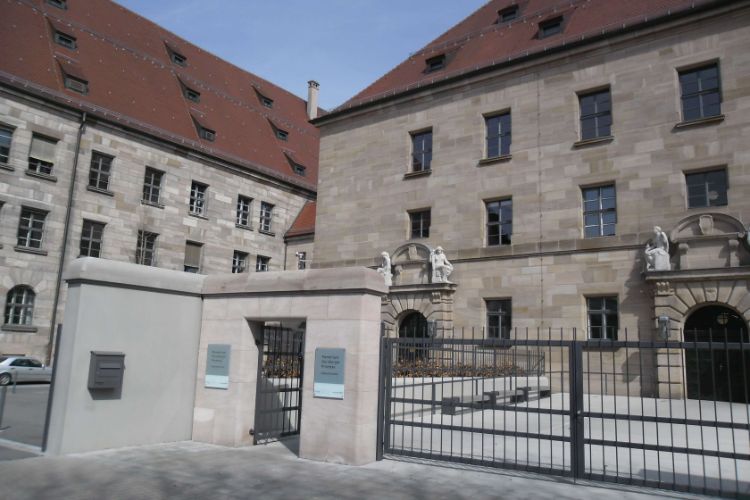
Memorium Nuremberg Trials
NurembergThe Memorium Nuremberg Trials (Memorium Nurnberger Prozesse) is an institution in Nuremberg. From 1945 to 1949, the Nuremberg Trials took place in the jury courtroom of the Nuremberg Palace of Justice. The Memorium Nuremberg Trials illustrates the history, course and aftermath of the processes. The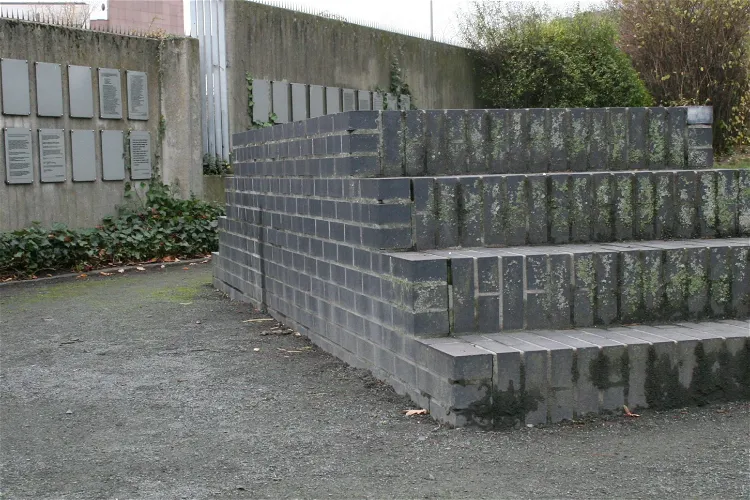
Gedenkstätte KZ-Außenlager Schillstraße
BrunswickThe KZ Außenlager Schillstraße in Brunswick, established on November 5, 1944, served as a subcamp of the Neuengamme concentration camp. This historical site provides a glimpse into the grim past of World War II, offering visitors an opportunity to learn about the history and pay their respects to the victims.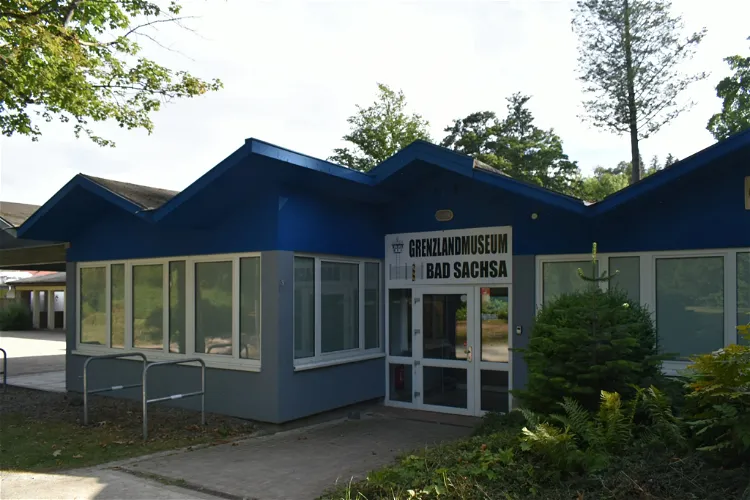
Grenzlandmuseum Bad Sachsa
Bad SachsaThe Grenzlandmuseum Bad Sachsa is a significant historical site located in Bad Sachsa, Lower Saxony, Germany. It serves as a reminder of the former inner German border at Bad Sachsa and the division of Germany into the German Democratic Republic and the Federal Republic of Germany. The museum is a testament to the country's past and provides a comprehensive understanding of the historical events that shaped modern Germany.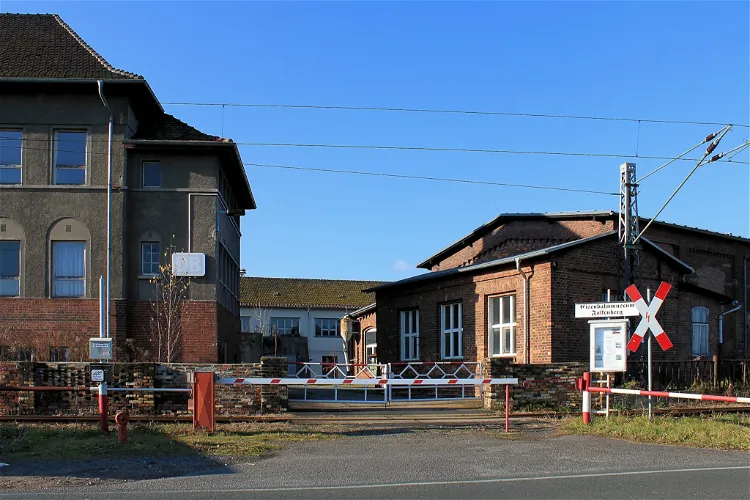
Brandenburgisches Eisenbahnmuseum Falkenberg (Elster) e.V.
Falkenberg/ElsterThe Brandenburg Railway Museum Falkenberg (Elster) is a unique museum situated in the former canteen of the once railway depot of Falkenberg (Elster) station. This location gives the museum an authentic atmosphere, allowing visitors to immerse themselves in the history of the railway.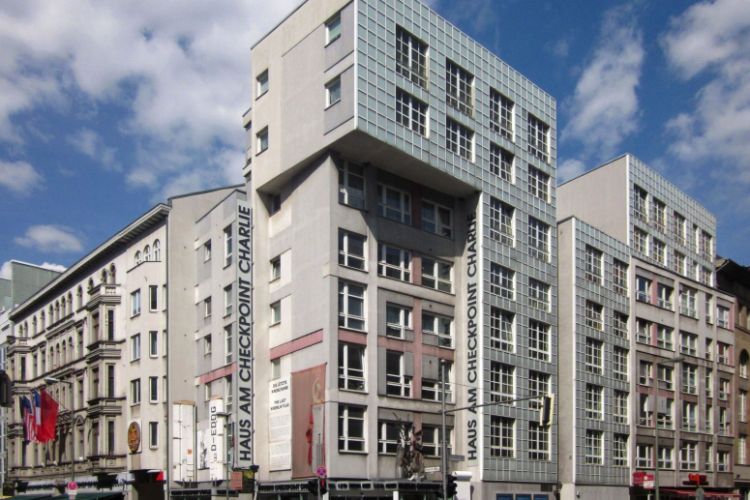
Berlin Wall Museum (Museum Haus am Checkpoint Charlie)
BerlinBerlin Wall Museum (Museum Haus am Checkpoint Charlie) is a historical museum in Berlin that tells the story of the struggle for human rights. The museum is located on Checkpoint Charlie - a line, along with a house for the border guard, which used to mark the borders between the Eastern and Western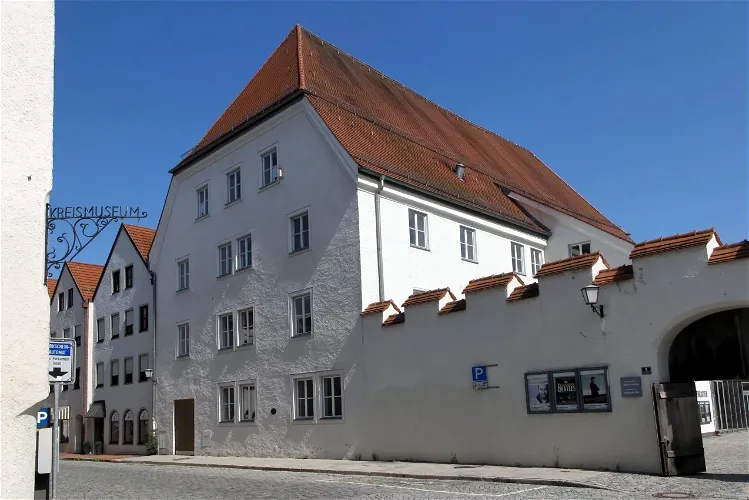
Museum Mühldorf - Museum Mühldorf a. Inn
Mühldorf a. InnSince 2015, the Museum Mühldorf a. Inn has been spread across two locations in the city. The main building, known as the Lodronhaus, is located at Tuchmacherstraße 7. The second part of the museum's permanent exhibition can be found in the Haberkasten. This dual-location setup allows the museum to showcase a wider range of exhibits and cater to a broader spectrum of interests.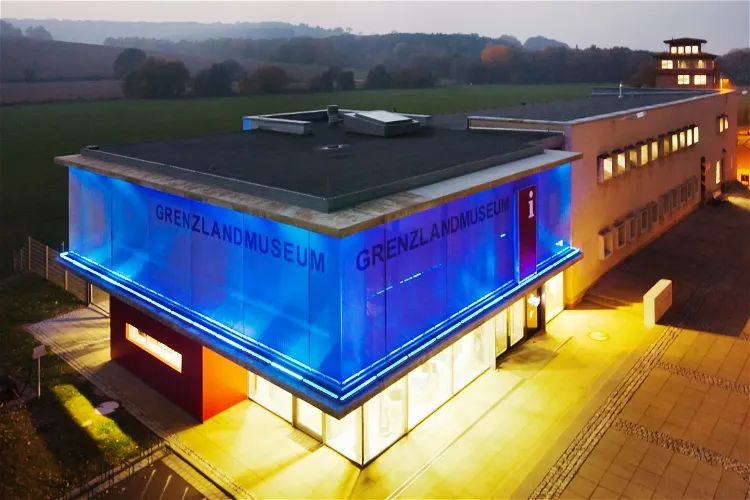
Grenzlandmuseum Eichsfeld
TeistungenThe Borderland Museum Eichsfeld is a historical institution situated in Central Germany. It is located at the former inner-German border that once separated East and West Germany. The museum's focus is on the Cold War era and the specific division of Germany during this time.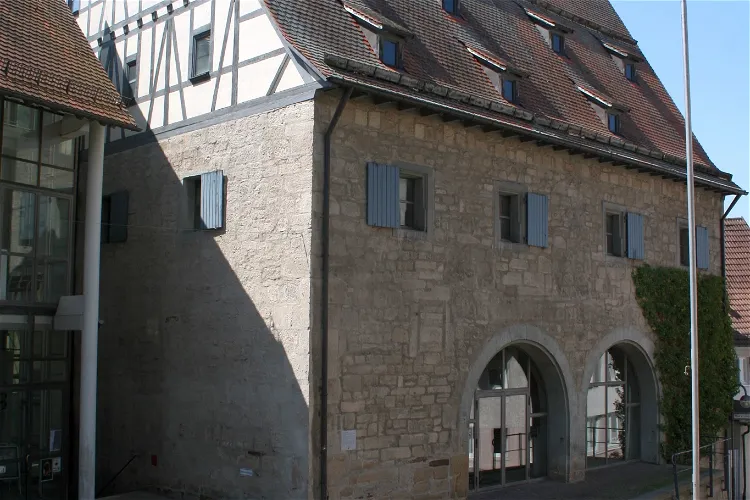
Deutsches Bauernkriegsmuseum Böblingen
BöblingenThe exhibition at the Deutsches Bauernkriegsmuseum Böblingen documents the protest marches and mass uprisings of the peasants. A significant focus is placed on the Böblingen decision battle of May 12, 1525, where the peasants were defeated. This provides a detailed historical account of the events, offering visitors a deep understanding of the peasant wars in Germany.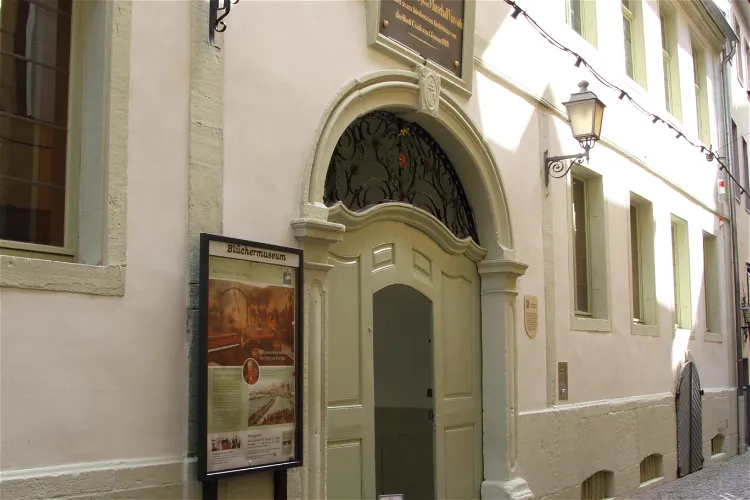
Blüchermuseum
KaubThe Blüchermuseum Kaub is a city-run museum located in Kaub on the Rhine. It is dedicated to the Prussian Field Marshal von Blücher, a significant figure who played a crucial role in the liberation wars against Napoleon. The museum serves as a tribute to his contributions and achievements during this historical period.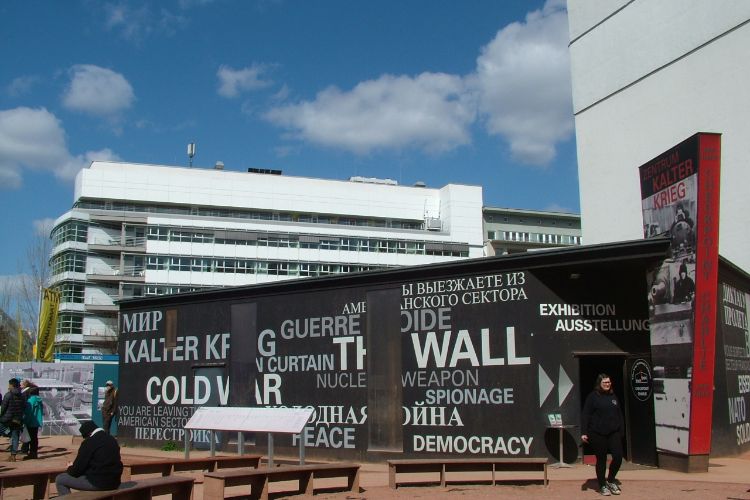
Blackbox Cold War Museum
BerlinThe Blackbox Cold War Museum in Berlin features an exhibition housed inside a black, box-shaped building at Checkpoint Charlie. The museum is dedicated to the Cold War and features authentic exhibits and 16 media stations with film excerpts and interviews, relating to topics such as rearmament, host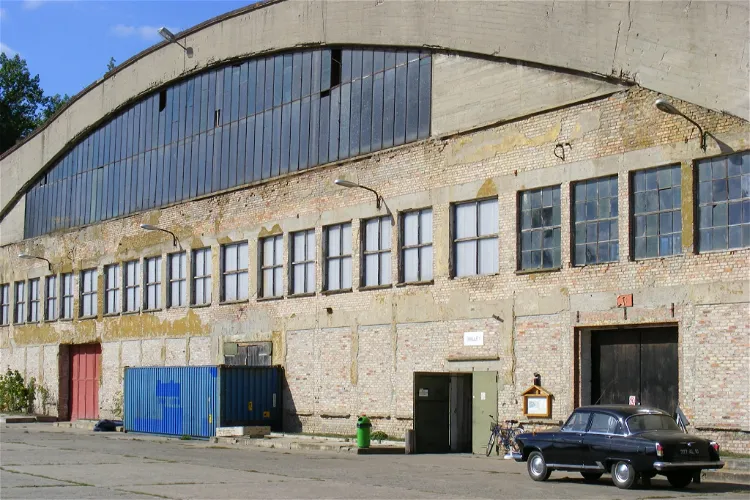
Technology Museum Pütnitz
Ribnitz-DamgartenThe Technology Museum Pütnitz showcases a variety of vehicles and exhibits, most of which come from the Cold War era and were manufactured and used in the Eastern Bloc. The collection includes both civilian and military exhibits, providing a comprehensive view of the technological advancements of that period.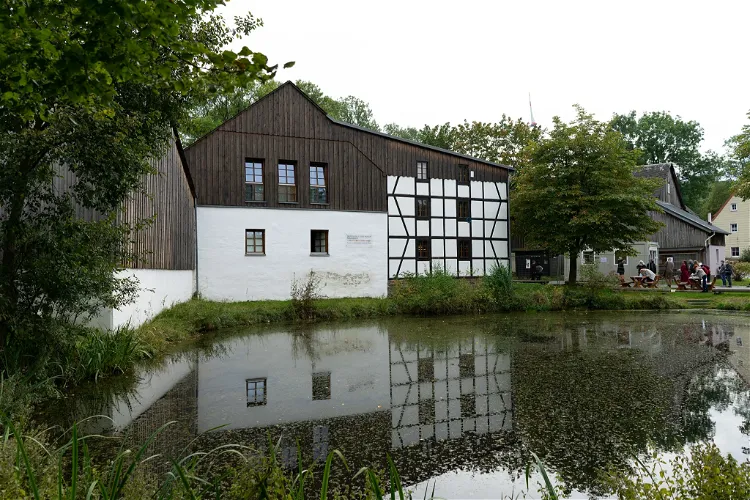
German-German Museum Mödlareuth
TöpenThe German-German Museum Mödlareuth is situated in the town of Mödlareuth, which was once divided by the inner German border. This unique location provides a tangible historical context for the museum's exhibits, making it a fascinating destination for those interested in the history of Germany's division and reunification.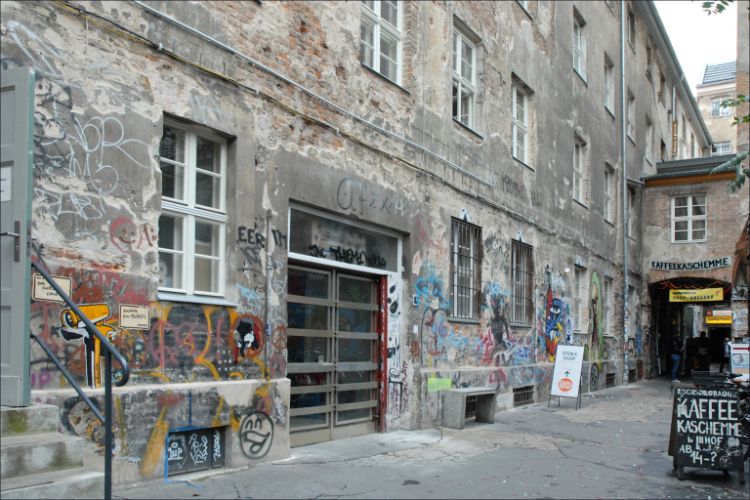
Museum Otto Weidt
BerlinThe Museum Otto Weidt is dedicated to Otto Weidt and his workshop for the blind and deaf, whom he tried to protect from persecution. Visitors can explore authentic rooms of the workshop where Jewish workers used to produce brooms and brushes. This place served also as a hiding place for some of the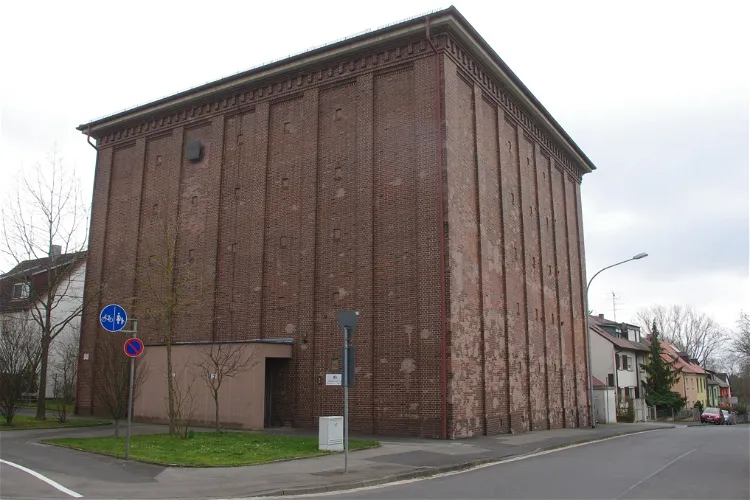
Deutsches Bunkermuseum
SchweinfurtThe Deutsches Bunkermuseum in Schweinfurt is a museum dedicated to the air and civil defense during World War II. It was opened in 2014 and provides a comprehensive look into the strategies and measures taken for protection during the war. The museum is housed in the Fichtel-and-Sachs bunker, originally known as Hochbunker A8.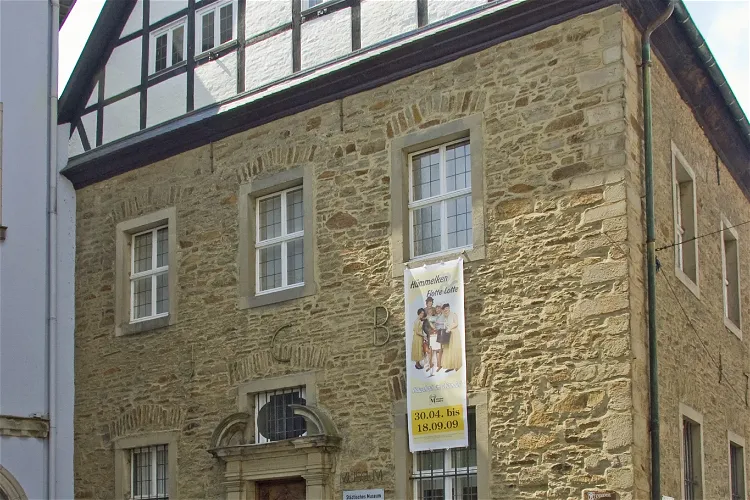
Museum Menden
Menden (Sauerland)The Museum Menden, located in Menden (Sauerland), is a local history museum that was established by Friedrich Glunz in 1912. This makes it one of the oldest museums in Westphalia, a region rich in history and culture. The museum is a testament to the region's past, offering visitors a glimpse into the local history and traditions of Menden and the surrounding areas.
Gedenkstätte Bautzner Straße
DresdenThe Gedenkstatte Bautzner Strasse (Memorial site Bautzner Straße) in Dresden is a memorial site for the victims of the GDR Ministry for State Security (MfS) in the Saxon capital Dresden. It is the only originally preserved remand prison of the "Stasi" in the 'Freistaat' that is open to the public. T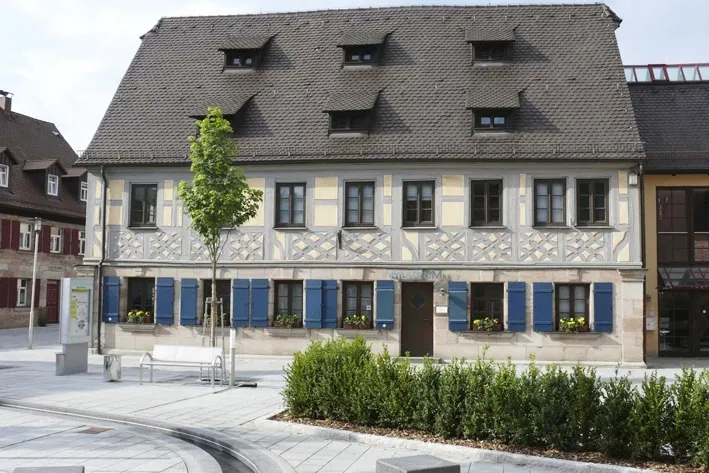
Städtisches Museum Zirndorf
ZirndorfThe Städtisches Museum Zirndorf is situated in the heart of the city of Zirndorf. It is housed in a protected monument building complex located at Spitalstraße 2, 4 and 4b. This central location makes it easily accessible for tourists visiting the city.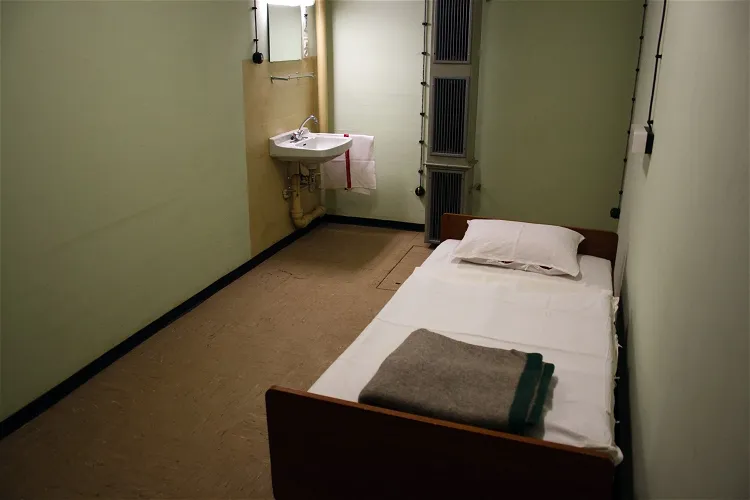
Ausweichsitz NRW
KallThe bunker, which has been preserved in its original state, is now a documentation site. Visitors can explore the bunker by appointment. This provides an opportunity to learn about the history and purpose of the bunker, as well as the living conditions of those who would have sought shelter there during a nuclear war.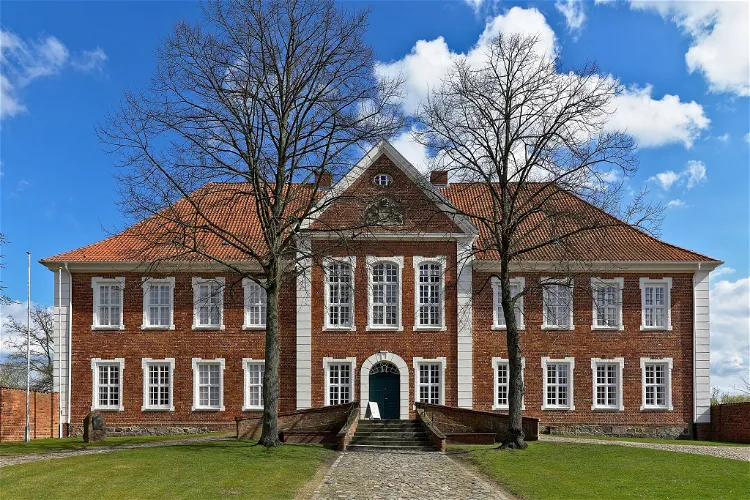
Kreismuseum Herzogtum Lauenburg
RatzeburgSince 1973, the manor house has been home to the Kreismuseum of the Herzogtum Lauenburg district. The museum is dedicated to the history of the city of Ratzeburg and the Duchy of Lauenburg, offering a variety of exhibits on different themes such as the history of the Ascanians, the Duchy during the Thirty Years' War, a collection of mechanical musical instruments, and regional archaeological finds.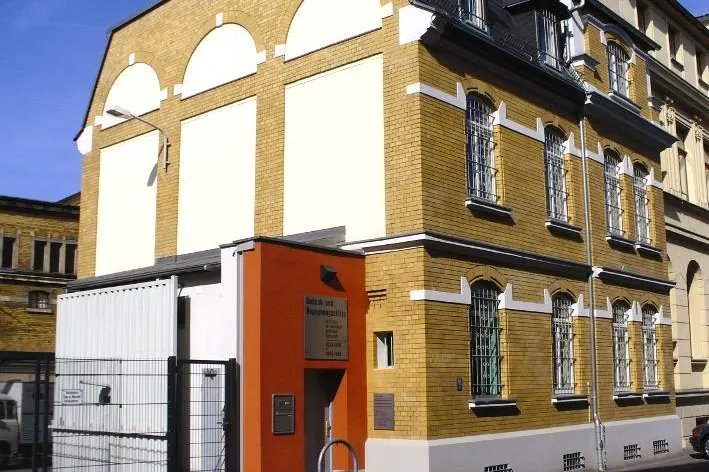
Gedenkstätte Amthordurchgang e. V.
GeraThe Gedenkstätte Amthordurchgang in Gera serves as a memorial site for the victims of both German dictatorships. It is an important point of contact for communication, information, and documentation. The memorial is located in a building that was part of a prison built in 1874 and served as a detention center until 1989. The actual cell block was demolished in 1999, and the memorial is now located in the former administrative wing of the prison.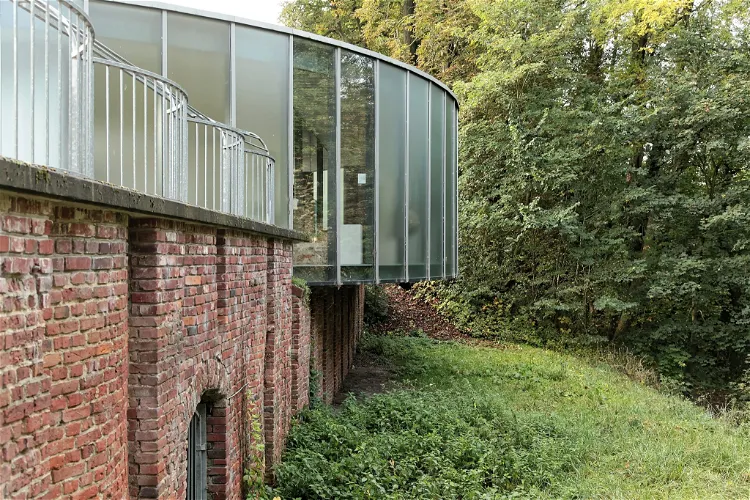
Eiskeller Altenberge
AltenbergeThe Eiskeller Altenberge is a significant historical site in Altenberge, Münsterland, in northern North Rhine-Westphalia. It is an underground ice cellar system that was part of the former Beuing Brothers Brewery. The site is recognized as a protected monument, making it a point of interest for those interested in history and architecture.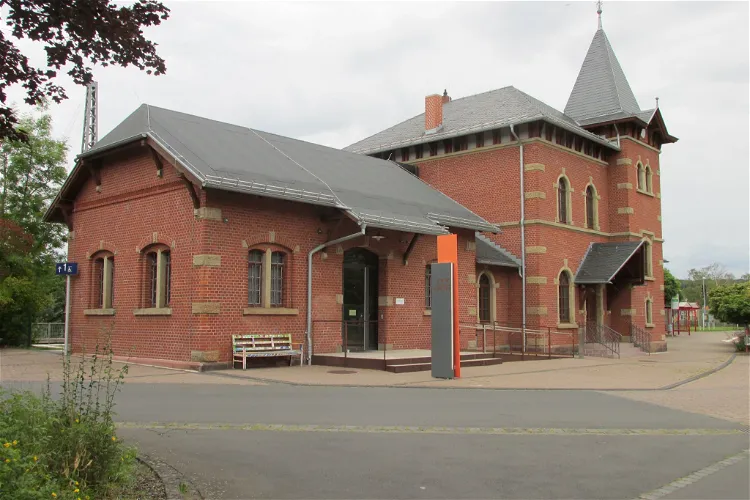
Museum Friedland
FriedlandThe Museum Friedland, situated in Friedland in Lower Saxony, Germany, is dedicated to researching, preserving, presenting, and communicating the history of the Friedland border transit camp. This camp has been operational since 1945 and has seen the passage of over four million people, including refugees, displaced persons, released prisoners of war, late resettlers, and asylum seekers from various parts of the world.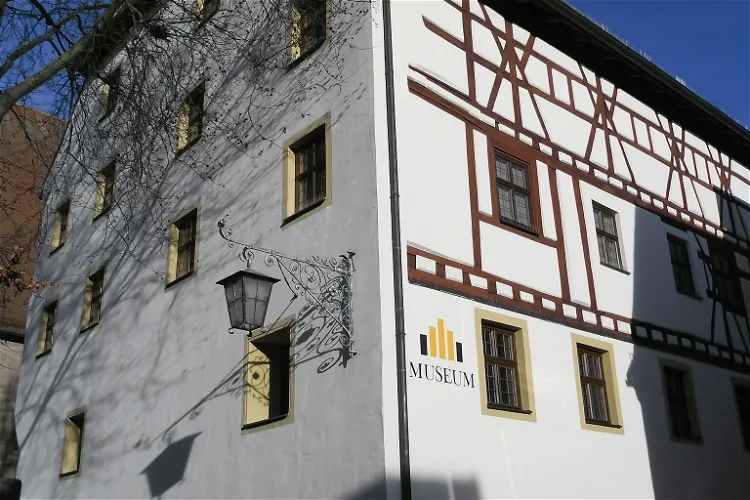
Stadtmuseum Herzogenaurach
HerzogenaurachThe Stadtmuseum in Herzogenaurach is a place where visitors can delve into the city's rich 1000-year history. It also provides an insight into the history of major corporations such as adidas, Puma, and the Schaeffler Group, all of which have their headquarters in the city. This unique combination of local and corporate history makes the museum a fascinating destination for those interested in understanding the city's past and its economic development.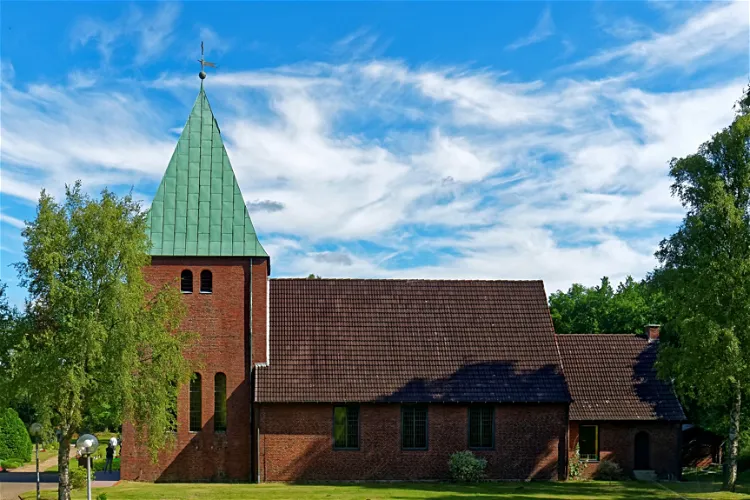
Idstedt Stiftung
IdstedtThe primary focus of the Idstedt Museum is the Battle of Idstedt, which took place on July 25, 1850. This battle is a significant chapter in German-Danish history and is set against the backdrop of the European Revolution of 1848-49. Visitors to the museum can learn about this pivotal event and its impact on the region's history.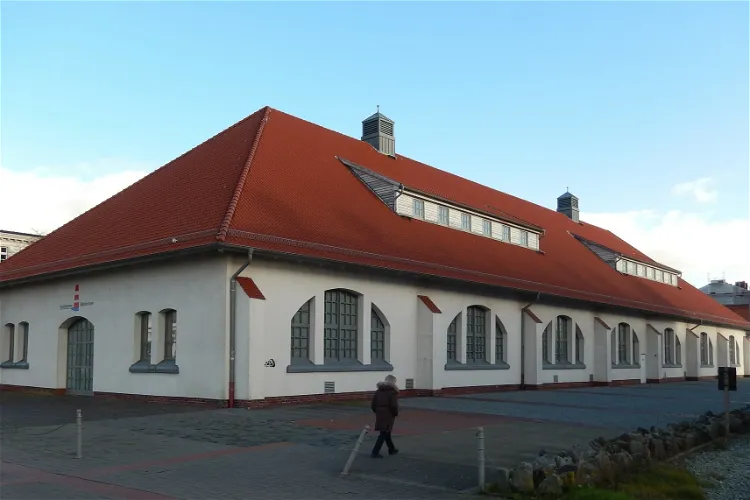
Küstenmuseum Wilhelmshaven
WilhelmshavenThe Küstenmuseum Wilhelmshaven is a unique coastal museum situated in Wilhelmshaven, Lower Saxony. It provides a comprehensive exploration of the past, present, and future of the coastal region, as well as the history of the city of Wilhelmshaven. This museum offers a unique opportunity for visitors to delve into the rich maritime history and understand the evolution of the coastal city.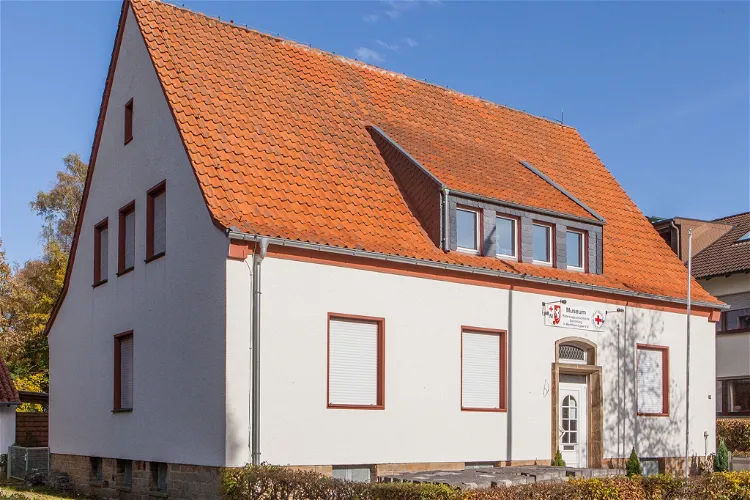
Rotkreuzgeschichtliche Sammlung in Westfalen-Lippe
SchlangenThe Red Cross Historical Collection in Westphalia-Lippe is a museum dedicated to the history and work of the Red Cross. It is located in the municipality of Schlangen, in the Lippe district of North Rhine-Westphalia, Germany. The museum offers a unique insight into the humanitarian efforts of the Red Cross, making it an interesting destination for those interested in history, humanitarian work, or the Red Cross itself.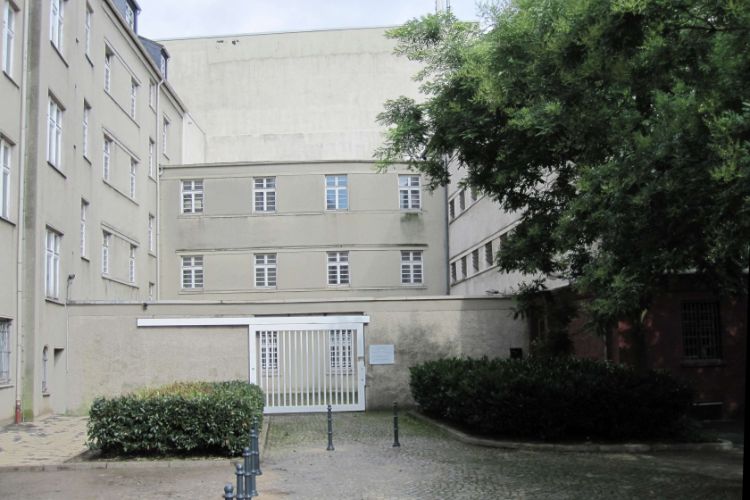
Resistance & Persecution Museum
DortmundThe Steinwache is a memorial museum in Dortmund. It is a Resistance & Persecution Museum housed in the police station Steinwache that was established in 1906. In 1933 the Gestapo took over the prison and imprisoned and tortured opponents of the Nazi regime. Between 1933 and 1945 more than 66,000 peo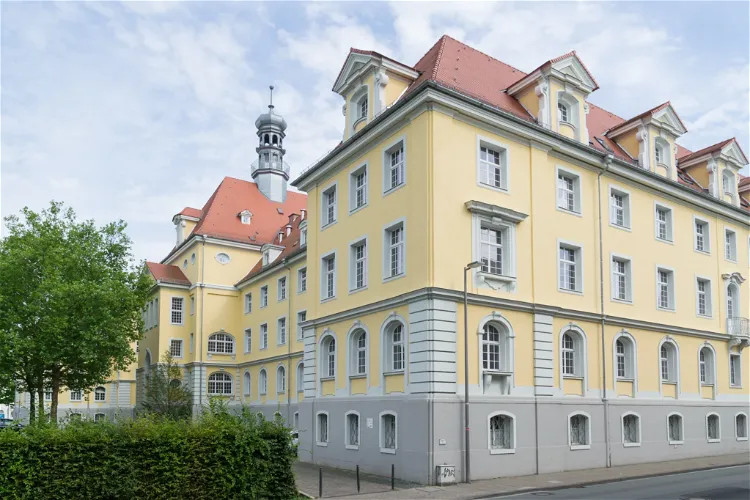
Zellentrakt Gedenkstätte
HerfordThe Zellentrakt Memorial in Herford is a significant site dedicated to the victims of National Socialism. Established in 2005, the memorial is located in the former detention rooms of the police, which were in use from 1917. These rooms are situated in the basement vaults of the Herford Town Hall, adding a historical dimension to the memorial.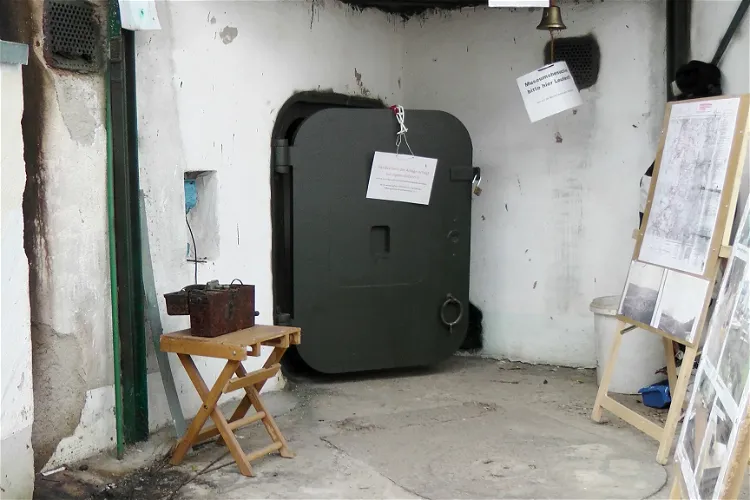
Westwallmuseum Konz
KonzThe Westwallmuseum Konz is situated in the heart of the city of Konz, in the Rheinland-Pfalz region, specifically in Trier-Saarburg, where the Saar and Mosel rivers meet. This central location makes it easily accessible for tourists visiting the area.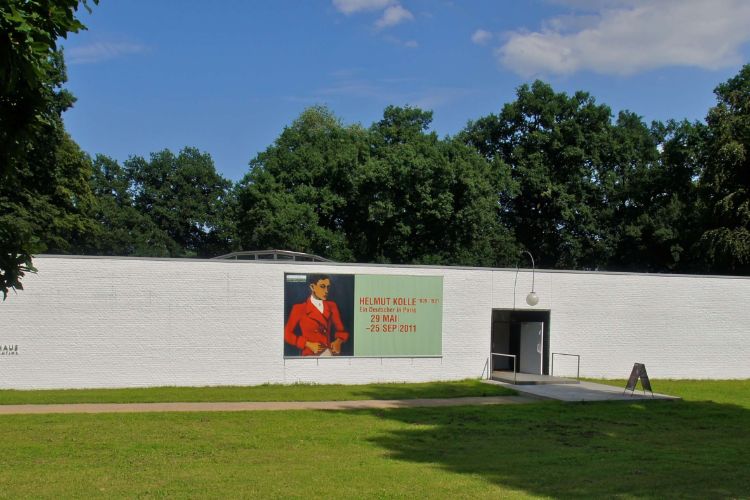
Ernst Barlach Haus
HamburgErnst Barlach Haus (Ernst Barlach House) is an art museum devoted to the German expressionist sculptor, printmaker and writer Ernst Barlach. He is mostly known for his sculptures protesting against the war. The museum includes around 140 works in wood, bronze, ceramics, porcelain, terracotta and pla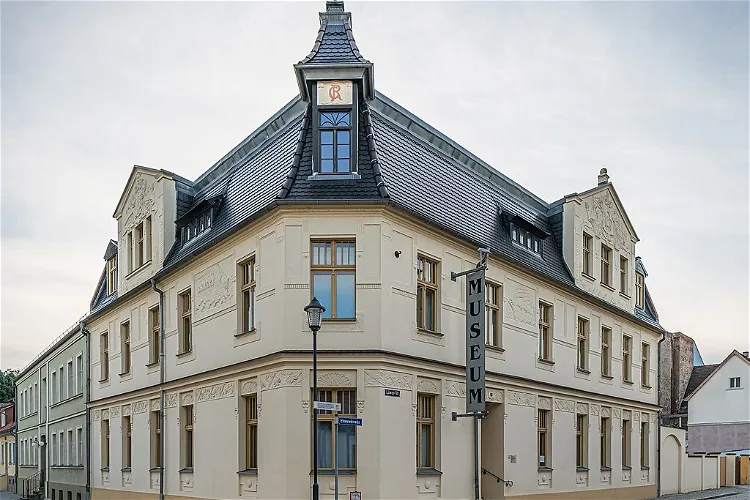
Städtischen Museum Eisenhüttenstadt
EisenhüttenstadtThe Städtische Museum Eisenhüttenstadt, established in 1980, is a multi-faceted institution with three distinct locations. These locations offer a comprehensive view of Eisenhüttenstadt's city history, an art gallery featuring works from the German Democratic Republic (GDR), and a fire brigade and technology museum. This diversity provides visitors with a broad understanding of the city's past, its artistic heritage, and its technological advancements.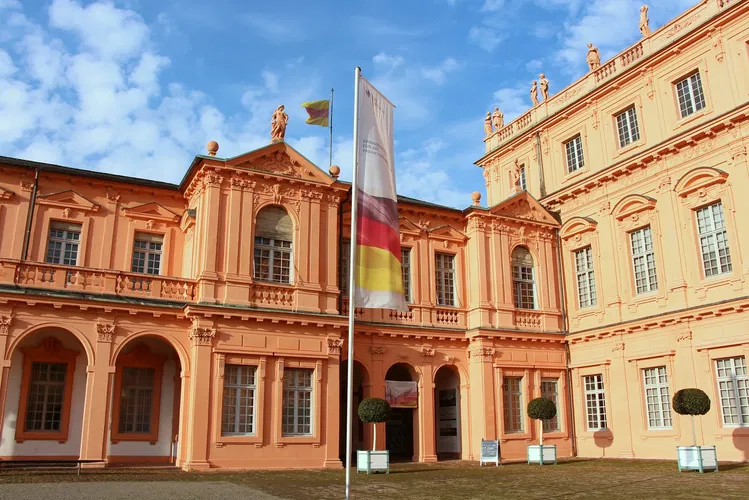
Erinnerungsstätte für die Freiheitsbewegungen in der deutschen Geschichte
RastattThe Memorial for the Freedom Movements in German History, often referred to as the Freedom Museum, is situated in the city of Rastatt. This museum is dedicated to exploring and showcasing the democratic traditions that have shaped Germany's history. It provides a unique opportunity for visitors to delve into the country's past and gain a deeper understanding of its democratic evolution.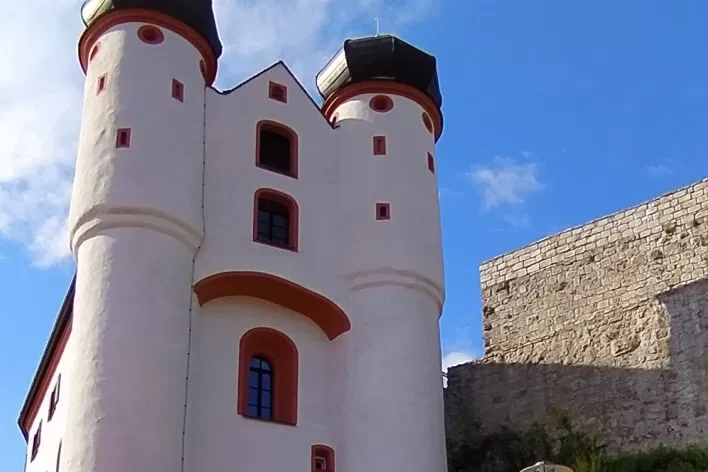
Burgmuseum Parsberg
ParsbergThe Parsberg Castle is a hilltop castle located on a limestone spur in the city center of Parsberg in the district of Neumarkt in Upper Palatinate, Bavaria. The complex has a long construction history that dates back to the 13th century. The castle museum, located in the lower castle, presents the h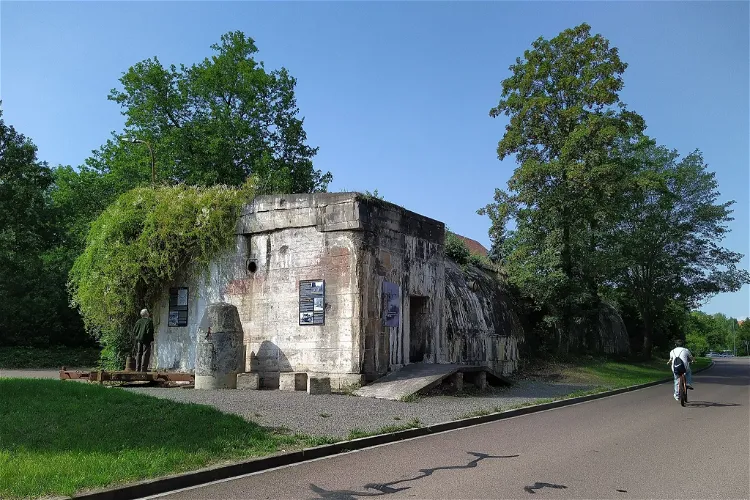
B134a - Luftschutzbunker Krumpa
BraunsbedraThe B134a - Luftschutzbunker Krumpa is a significant historical site located in Saxony-Anhalt. This air-raid shelter, built in 1944 during World War II, served a crucial role as a protection and command bunker for the administration and management of the Lützkendorf mineral oil plant, owned by Wintershall A.G. at the time.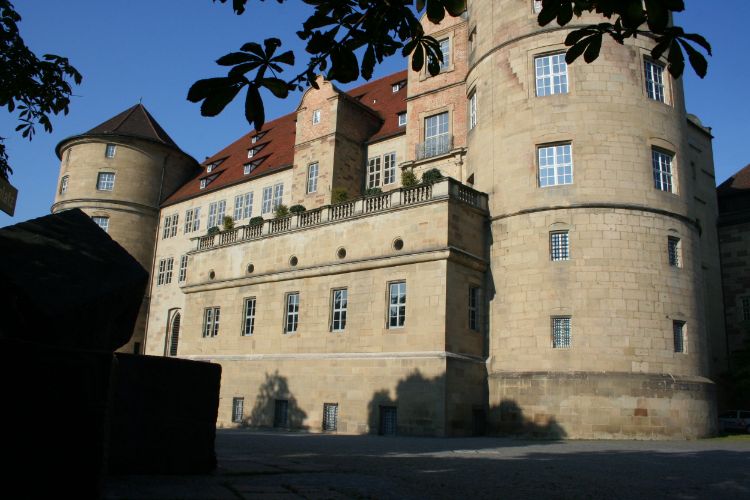
Stauffenberg-Erinnerungsstaette
StuttgartThe Stauffenberg memorial site in Stuttgart's Old Palace is dedicated to the Hitler assassin Claus von Stauffenberg and his brother and co-conspirator Berthold. The exhibition shows the lives of both brothers from the sheltered youth in Stuttgart, their careers in the civil service, and the resistan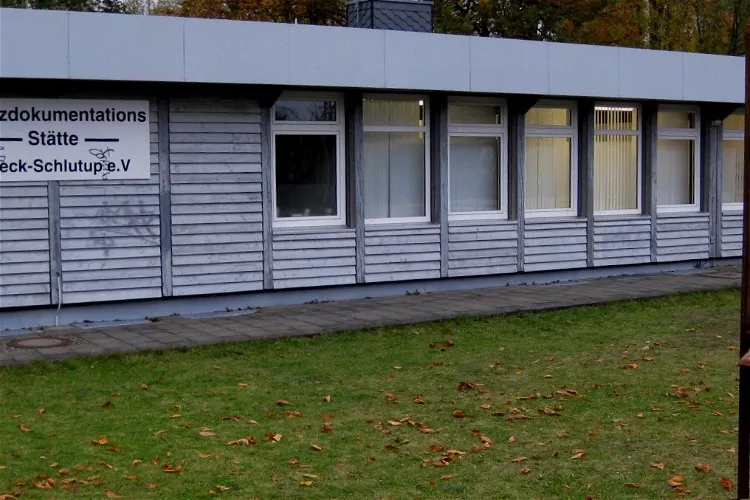
Grenzdokumentations-Stätte Lübeck-Schlutup
LübeckThe Grenz-Dokumentationsstätte Lübeck-Schlutup is a significant historical site located in the district of Schlutup in the Hanseatic city of Lübeck. This memorial site commemorates the period of Germany's division and is situated in the Mecklenburger Straße 12. It provides a unique insight into the history of Germany during the Cold War era.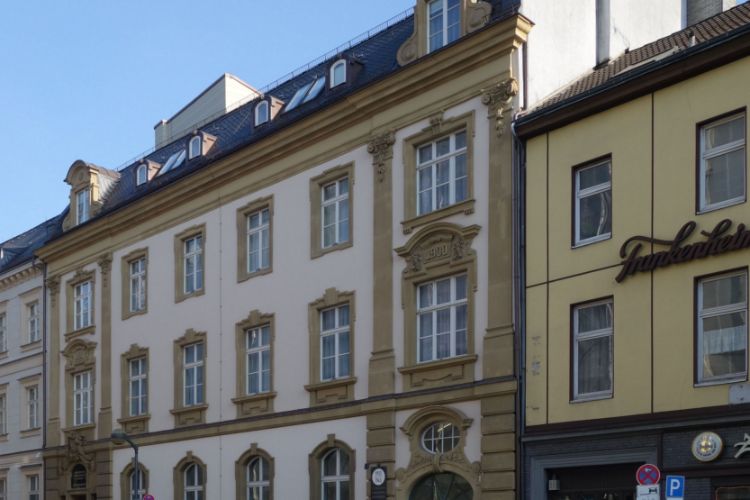
Mahn- und Gedenkstätte Düsseldorf
DüsseldorfThe new permanent exhibition of the memorial and memorial site, Mahn- und Gedenkstätte, deals with the topic "Dusseldorf children and young people under National Socialism". Through selected biographies, it is examined how children and adolescents behaved during the period of National Socialism, how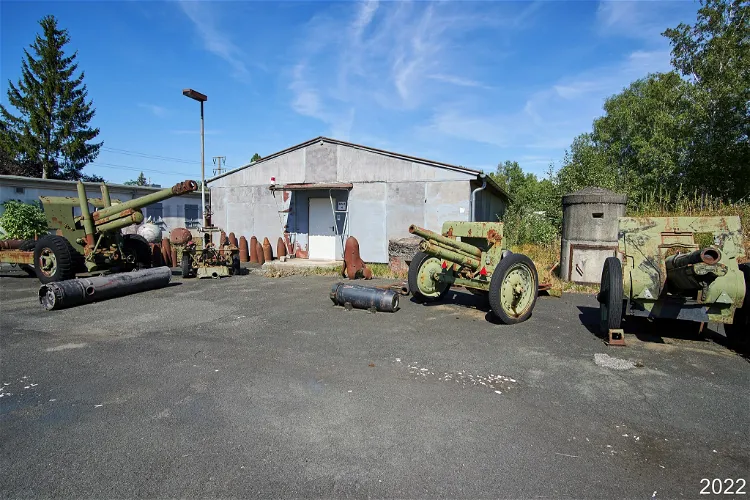
Museum of Historical Military Technology
Röthenbach an der PegnitzOver the years, the museum's exhibition space has been expanded to include three additional buildings and a large outdoor area. The total area now covers over 1000 m², providing ample space for the display of various exhibits.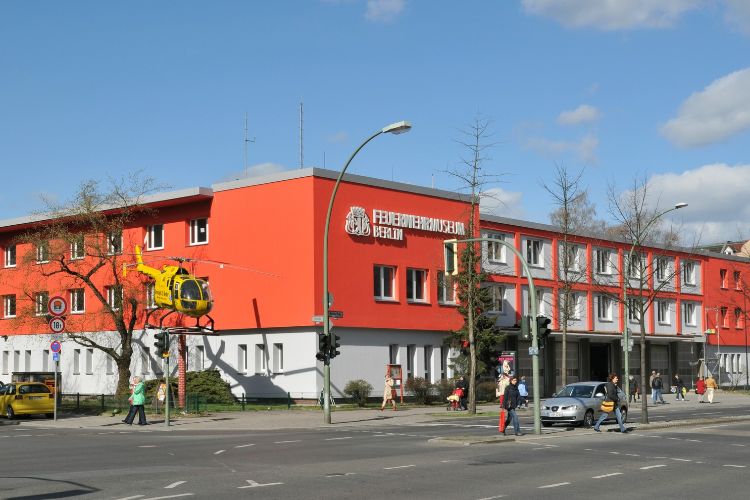
Feuerwehrmuseum Berlin
BerlinThe Feuerwehrmuseum Berlin is the fire brigade museum in Berlin that has been showing an exhibition on the history of the Berlin fire department (the largest and oldest professional fire brigade in Germany), since 1983. In the approximately 800 m² exhibition space, in addition to photo and video doc
Sorge Border Museum
SorgeThe Sorge Border Museum is a public open-air museum located near Sorge in the Harz Mountains of central Germany. It is free of charge and offers a unique opportunity to explore the history of the region.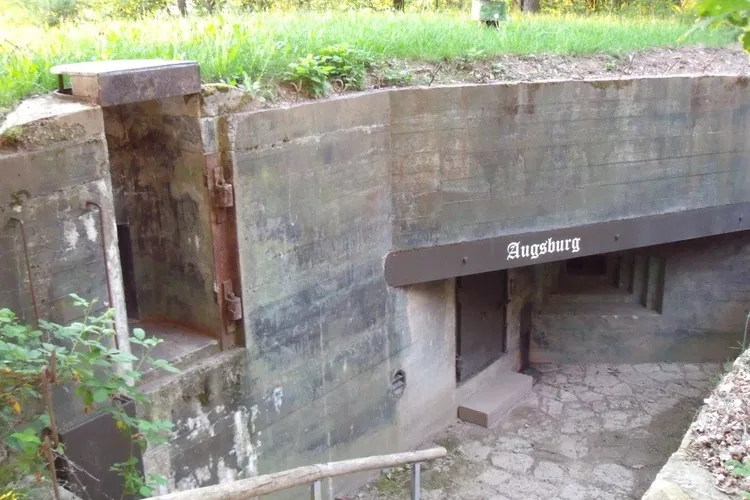
Westwallmuseum Wiltingen
WiltingenThe Westwallmuseen Wiltingen is a unique historical site that features two privately restored Westwall bunkers: The MG-Schartenstand and the Artillery Observer. These bunkers provide a glimpse into the past and offer an opportunity to learn about the history of the region during the war times.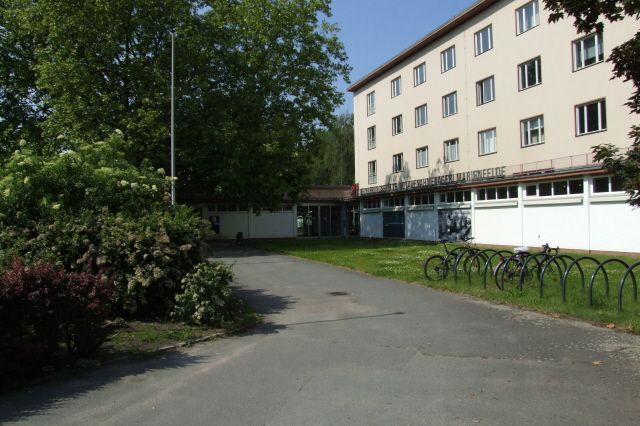
Marienfelde Refugee Center Museum
BerlinThe Marienfelde Refugee Center Museum is a museum in Berlin that is devoted to the subject of leaving the GDR. Around four million people left the GDR to the Federal Republic between 1949 and 1990; 1.35 million of those passed the 1953 founded Refugee Center in Berlin-Marienfelde where they were car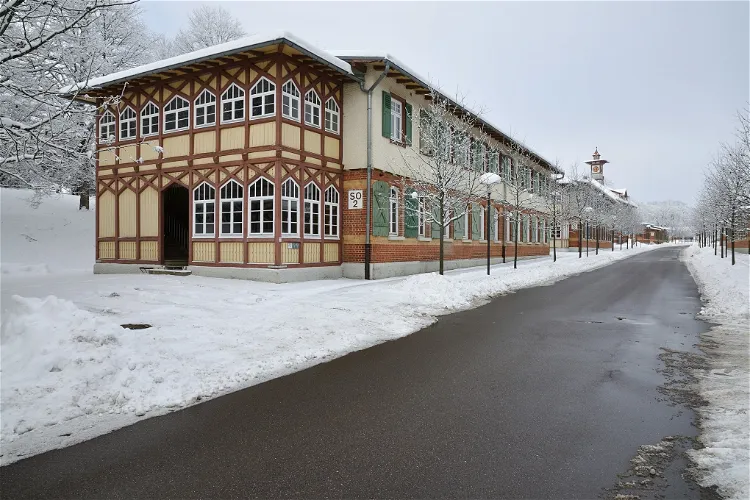
Museum Altes Lager Münsingen
MünsingenThe Altes Lager is open to the public daily from 9:00 AM to 7:00 PM. Visitors can access the site via a foot and bike path that was opened in 2019. This path connects the Altes Lager to the Swabian Alb biosphere area and the former military training area, offering a unique opportunity to explore the region's natural and historical attractions.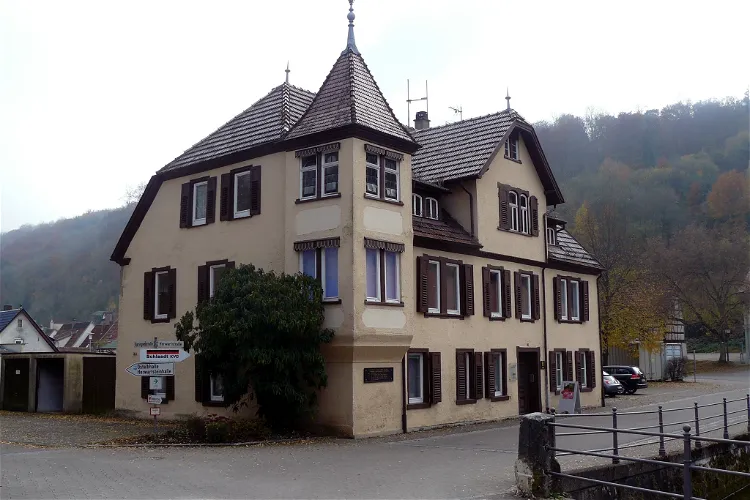
Georg-Elser-Gedenkstätte
KönigsbronnThe Georg Elser Memorial in Königsbronn is a significant site of remembrance and research. It is dedicated to Georg Elser, who on November 8, 1939, attempted a nearly successful bomb attack on Adolf Hitler and almost the entire Nazi leadership. This historical event is a key part of the narrative presented at the memorial, providing visitors with a deep understanding of Elser's actions and the historical context in which they occurred.
Stadtmuseum Nördlingen
NördlingenThe Stadtmuseum Nördlingen is a museum that provides a comprehensive insight into the history of the former Free Imperial City of Nördlingen. It is an ideal place for tourists who are interested in learning about the city's past and its significance in history.
Gedenkstätte Ernst Thälmann
HamburgErnst Thälmann (1886-1944) was chairman of the Independent Social Democratic Party (USPD) in Hamburg and a member of the Hamburg Parliament. He then became a member of the German Reichstag and chairman of the Communist Party of Germany (KPD). From 1929 until his arrest on 3 March 1933 he lived with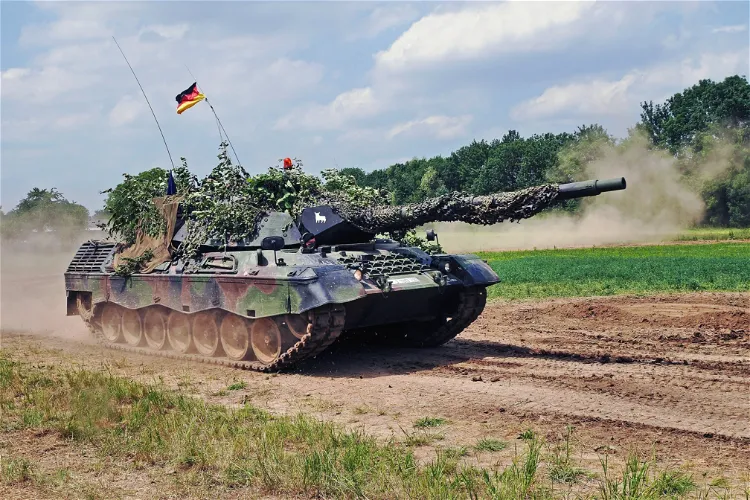
Museum of Civil and Defense Technology
UffenheimThe Museum of Civil and Defense Technology is a unique destination in Uffenheim. It is a technology and military museum that offers a deep dive into the history and evolution of military and civil technology. Visitors can explore a wide range of exhibits, from military vehicles to communication technology.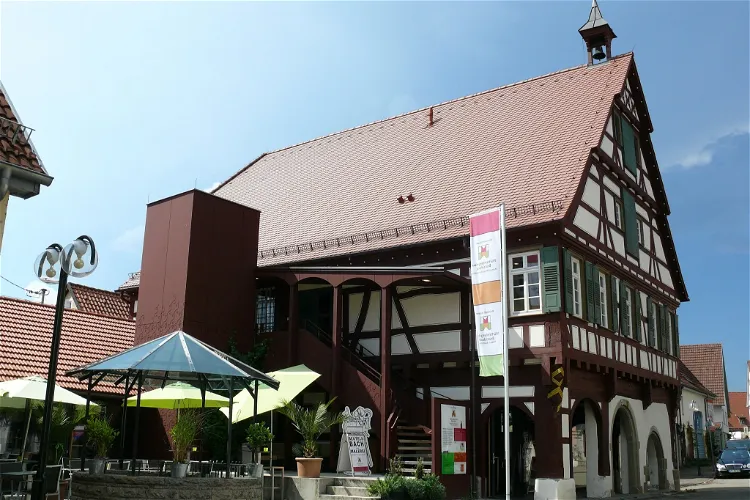
Württemberg-Haus Beutelsbach
BeutelsbachThe Württemberg-Haus is a protected monument situated in the Beutelsbach district of Weinstadt. This historic building, once the town hall of the village, is now a museum. Its location in the historic center of Beutelsbach, east of the Stiftskirche, makes it a significant landmark in the area.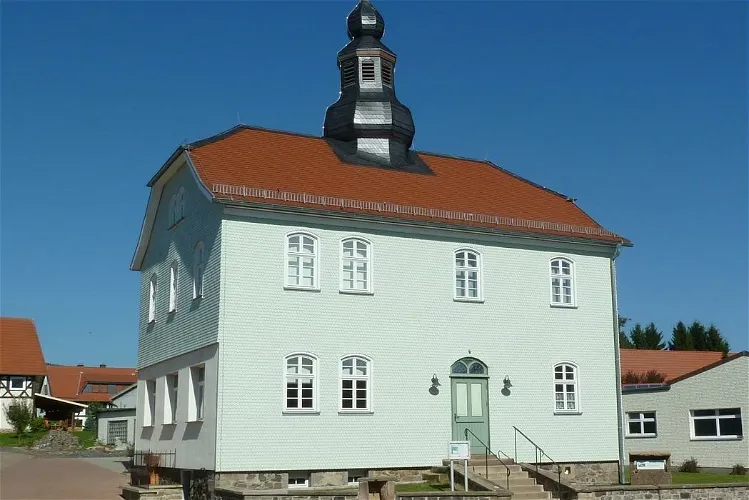
Muna-Museum Grebenhain
BermuthshainThe Muna-Museum Grebenhain serves as a museum and memorial site, focusing on the history of the Luftmunitionsanstalt Hartmannshain and the ammunition factories of the German Wehrmacht during the era of National Socialism. This historical perspective provides visitors with a unique insight into a significant period of German history.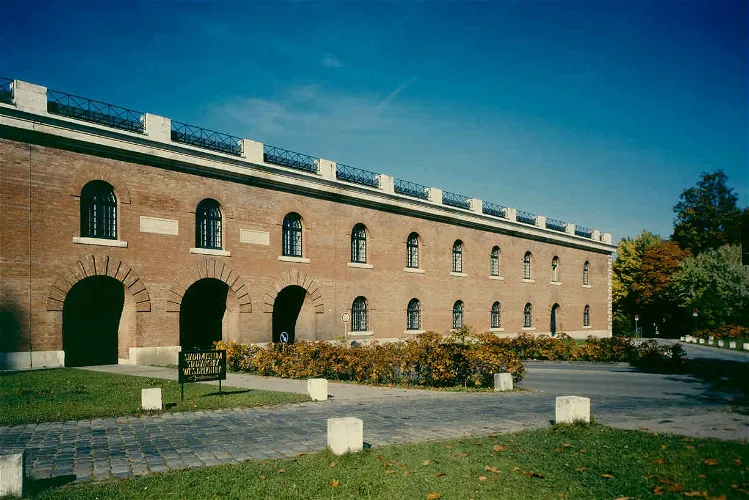
Stadtmuseum
IngolstadtThe Stadtmuseum Ingolstadt offers a comprehensive overview of the historical and cultural development of the Ingolstadt area, from prehistoric times to the present day. Visitors can gain a deep understanding of the region's past and its evolution over time.
Marchivum
MannheimThe MARCHIVUM is home to extensive collections and stocks, providing services for research and mediation. It also features exhibition areas that showcase the city's history and the Nazi era. These exhibitions, along with seminars, lectures, city history publications, and research projects, offer a comprehensive understanding of Mannheim's past.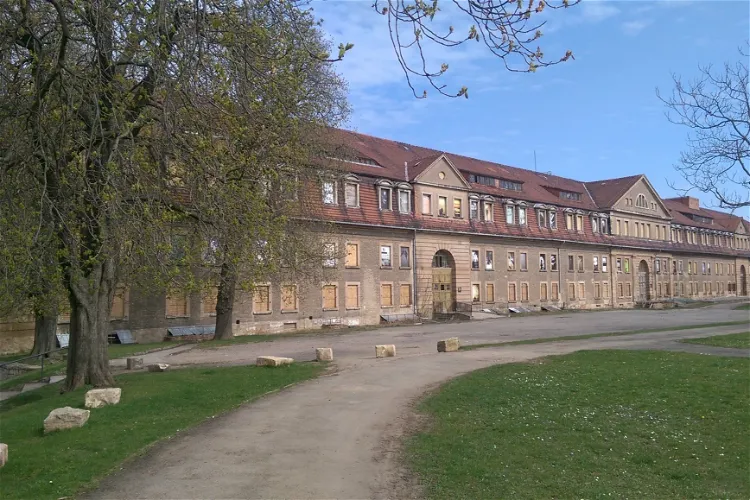
Defensionskaserne
ErfurtThe Defensionskaserne Erfurt, a former military facility, is the largest building on the Petersberg in Erfurt. It has been under monument protection and has been vacant since around the year 2000. This historical building offers a glimpse into the past and is a significant part of Erfurt's history.
Museum Haus Hansestadt Danzig
LübeckThe Museum Haus Hansestadt Danzig is situated in Lübeck, housed in a brick building that dates back to the end of the 13th century. This historical setting provides a unique backdrop for the museum's exhibits, which aim to provide an insight into the culture of Danzig and the Danzig region up until the end of World War II.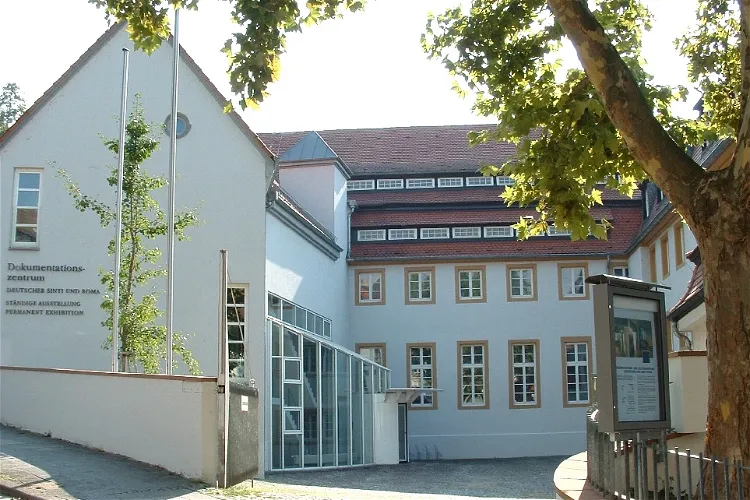
Documentation and Cultural Center of German Sinti and Roma
HeidelbergThe Documentation and Cultural Center of German Sinti and Roma is housed in a historic, protected merchant building from the 18th century. It is located in the old town of Heidelberg, slightly below the famous Heidelberg Castle. The location itself is steeped in history, adding to the overall experience of the visit.
Bunker Hagen
HagenThe Bunkermuseum Hagen, opened in 2013, is situated in the basement of a high bunker in Hagen, North Rhine-Westphalia. This unique location provides an authentic setting for the museum, allowing visitors to experience the history of the bunker and its role during the Second World War.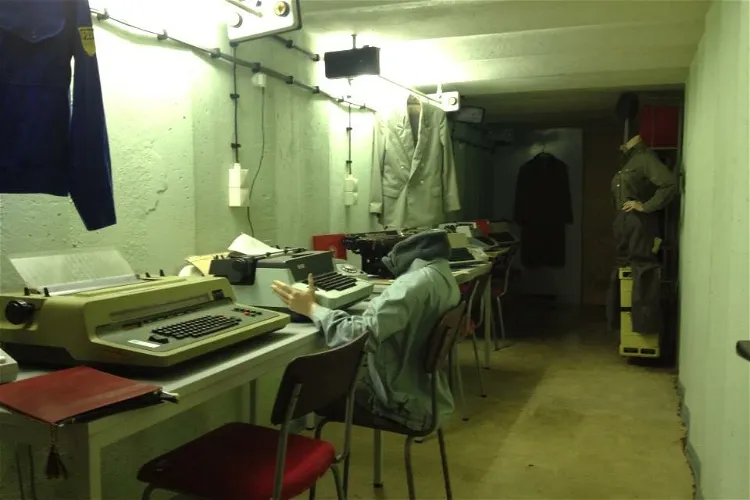
Bunkermuseum
IlmenauThe Bunkermuseum is an intriguing underground building complex nestled in the Thuringian Forest. It is situated near the Ilmenau district of Allzunah in the Ilm-Kreis. This location offers a unique blend of history and nature, making it an interesting destination for tourists.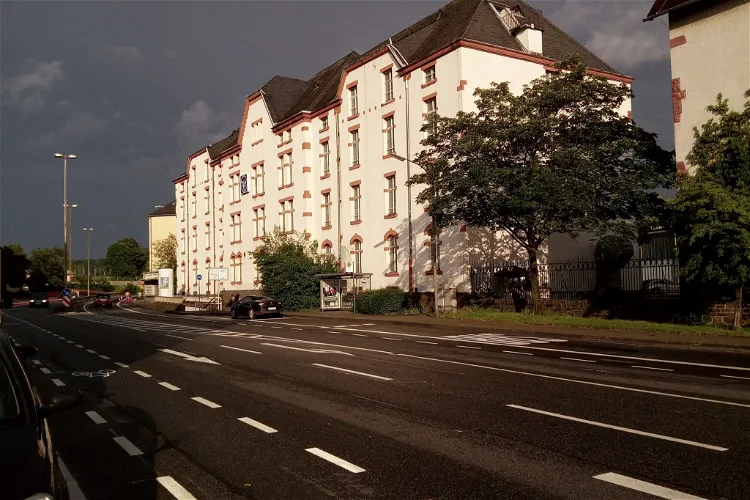
Bundeswehr Museum of German Defense Technology
KoblenzThe Wehrtechnische Studiensammlung Koblenz (WTS) is recognized as one of the largest technical exhibitions in Germany. The museum's primary focus is on military technology, making it a unique destination for those interested in this field. It offers a comprehensive insight into the evolution and development of military technology over the years.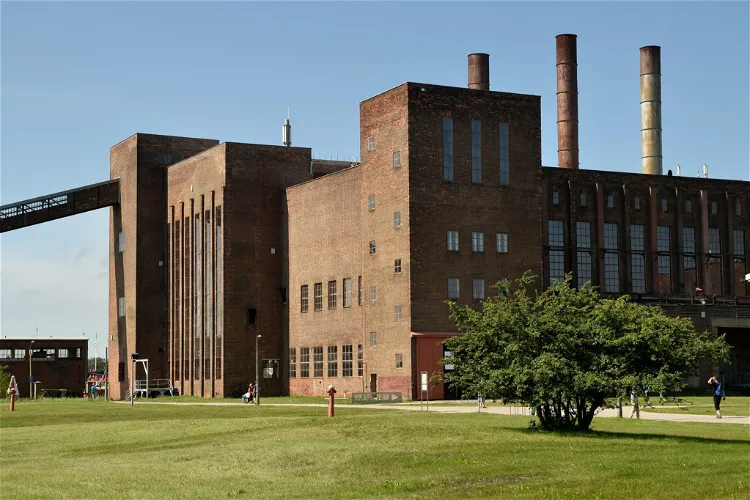
Kraftwerk
PeenemündeKraftwerk Peenemünde is a decommissioned coal power plant that was built in the early 1940s. It was originally constructed to supply energy to the Army Research Center Peenemünde and remained in operation until 1990. Today, it stands as a significant industrial monument in Mecklenburg-Vorpommern.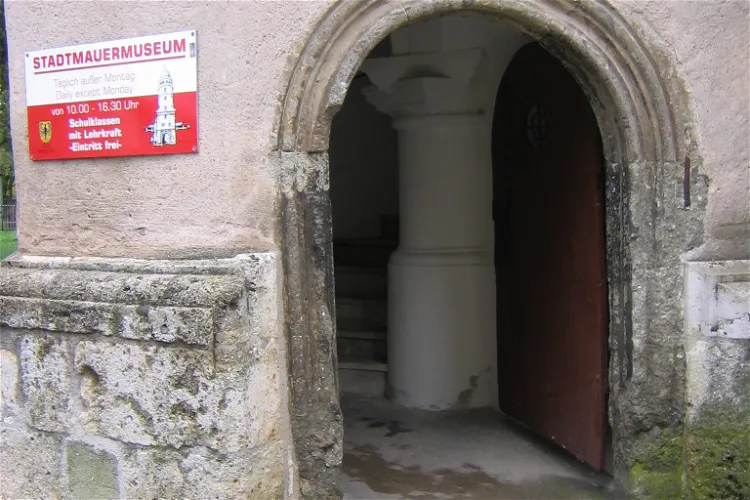
Stadtmauermuseum (Nördlingen)
NördlingenThe Stadtmauermuseum in Nördlingen is a museum dedicated to documenting the history of the Nördlingen city fortification. It provides a comprehensive overview of the city's defensive structures and their historical significance.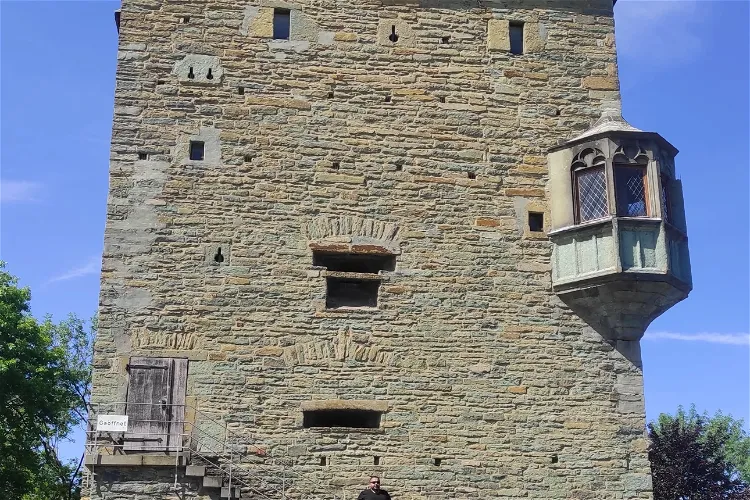
Osthofentor Museum
SoestThe Osthofentor is a significant historical structure in the Hanseatic city of Soest. It was newly erected between 1523 and 1526, serving as a city gate on the Hellweg. This green sandstone building is the last remaining of the original eight main and two secondary gates of the Soest city fortification.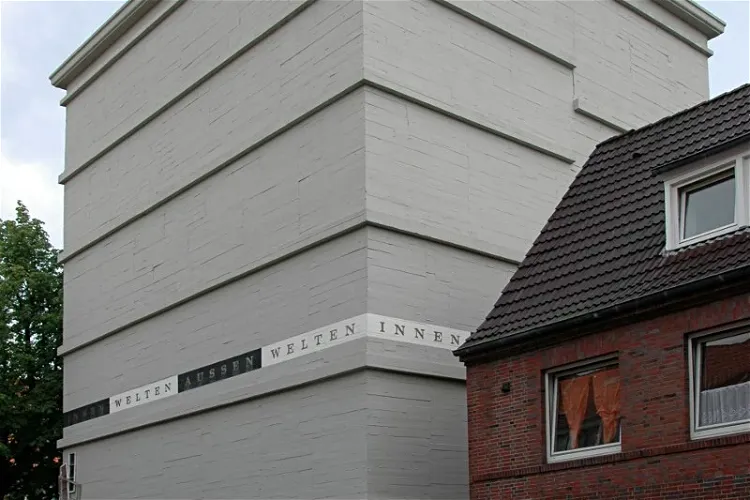
Bunkermuseum
EmdenThe Bunkermuseum Emden, opened in 1995, is located in a high bunker in the city center of Emden. It holds the distinction of being the first museum in an air-raid shelter in the Federal Republic of Germany that focuses on the history of such structures.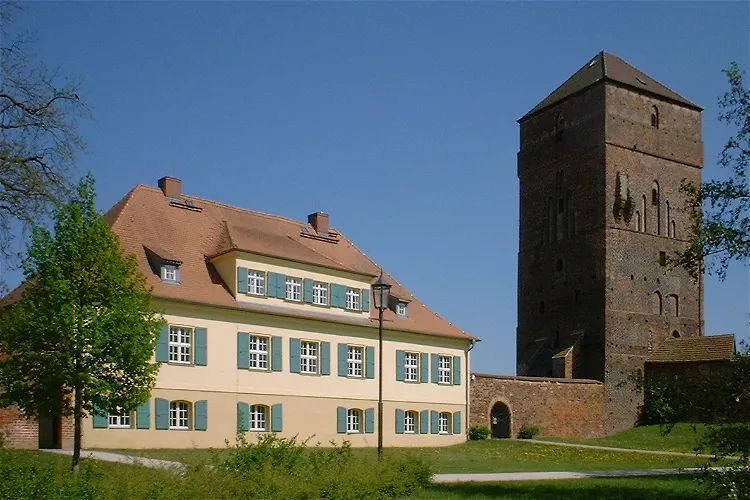
Museum des Dreißigjährigen Krieges
Wittstock/DosseThe Museum of the Thirty Years' War is situated in the seven-story tower of the late medieval Old Bishop's Castle in Wittstock an der Dosse. This location is significant as it was one of the scenes of the Thirty Years' War, which took place from 1618 to 1648.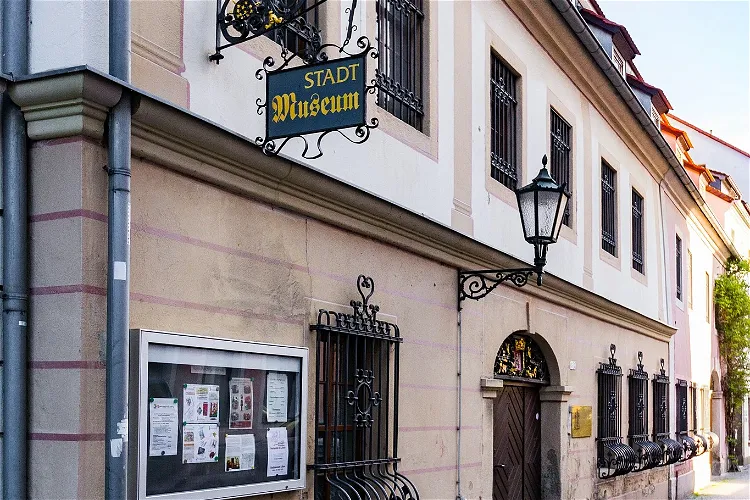
Stadtmuseum Löbau
LöbauThe Stadtmuseum Löbau, established in 1894, is a repository of cultural-historical and natural history objects. The collection spans a wide range of fields, including prehistory around the Löbauer Berg, sacred art, city history, history of the Six Cities League, folklore, crafts, trade and industry, (Upper Lusatian) furniture, and works of fine art. This diverse collection provides a comprehensive insight into the rich history and culture of the region.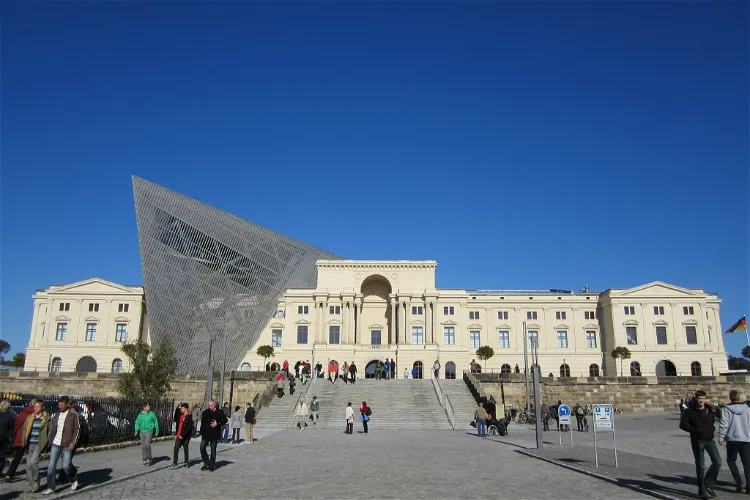
Bundeswehr Military History Museum
KönigsteinThe Bundeswehr Military History Museum in Dresden is one of the most significant museums of the German military forces. It shares this distinction with the Luftwaffenmuseum der Bundeswehr in Berlin-Gatow. The museum offers a comprehensive insight into the history and evolution of the German military forces, making it a valuable destination for those interested in military history.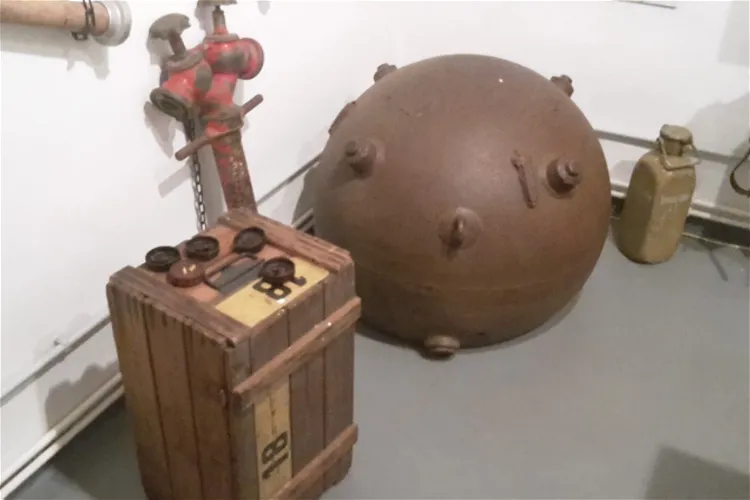
Museumsbunker
TrappenkampThe Museumsbunker Trappenkamp is a local museum that was established in 1996. It is located in a former ammunition storage house in Trappenkamp, a town in Schleswig-Holstein, Germany. The museum offers a unique insight into the history of the region and the building itself has a rich history, having once served as an ammunition storage house.
Museum Friedland
FriedlandThe Museum Friedland, situated in Friedland in Lower Saxony, Germany, is dedicated to researching, preserving, presenting, and communicating the history of the Friedland border transit camp. This camp has been operational since 1945 and has seen the passage of over four million people, including refugees, displaced persons, released prisoners of war, late repatriates, and asylum seekers from various parts of the world.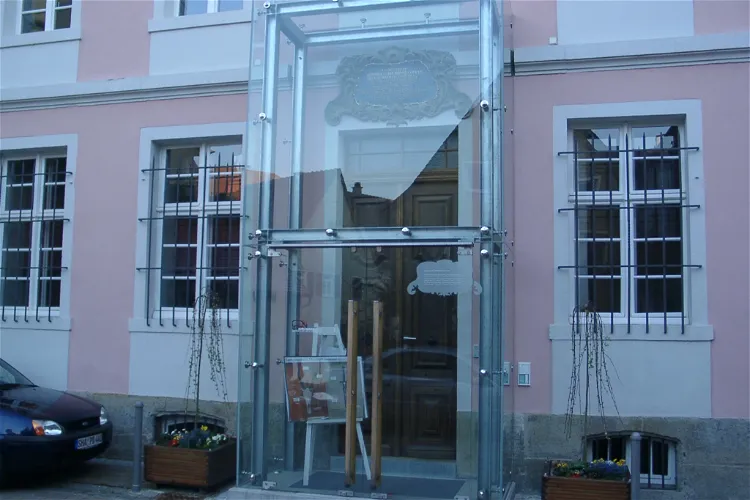
Sandelsches Museum Kirchberg an der Jagst
Kirchberg an der JagstThe Sandelsche Museum in Kirchberg an der Jagst is a local museum supported by the city. It has been housed in the Old School, a baroque building dating back to 1748, since the years 1972/73. This historical setting adds a unique charm to the museum, making it an interesting destination for tourists who appreciate architecture and history.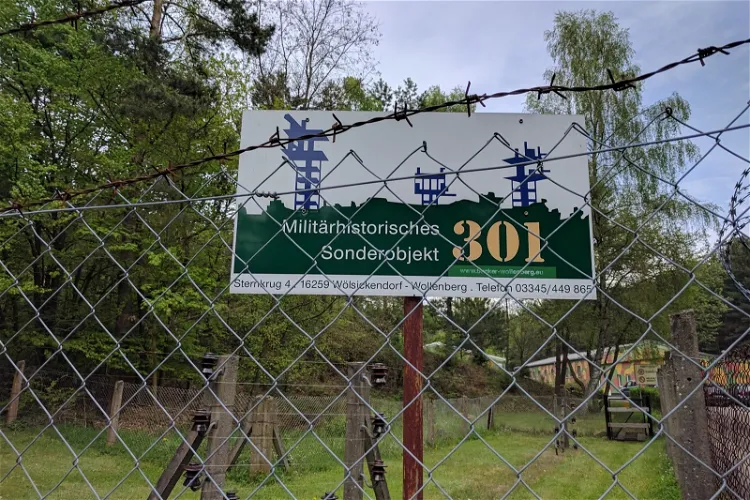
Militärhistorisches Sonderobjekt 301 Wollenberg e.V.
HöhenlandThe Wollenberg Bunker is currently managed by the local association "Militärhistorisches Sonderobjekt 301 Wollenberg e. V.". This group has worked tirelessly to restore the bunker and its surrounding structures, making it accessible to the public. Visitors can now explore the bunker and the reconstructed above-ground objects, providing a unique insight into the bunker's past.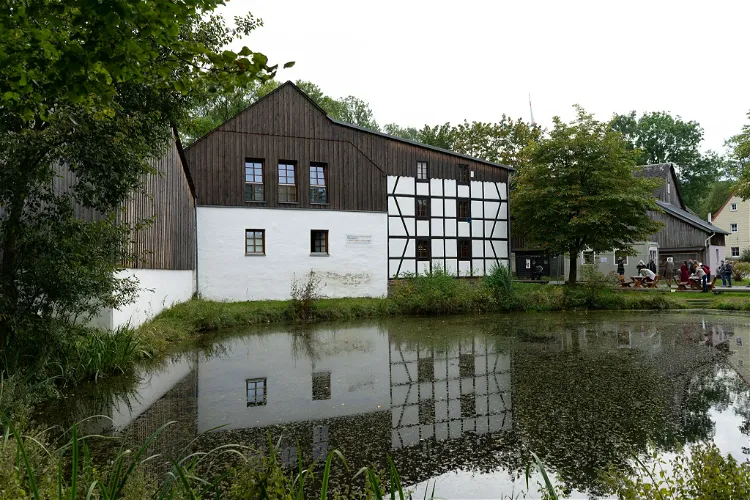
Deutsch-Deutsches Museum Mödlareuth
GefellThe Deutsch-Deutsche Museum Mödlareuth is situated in the town of Mödlareuth, which was once divided by the inner German border. This unique location provides a tangible historical context for the museum's exhibits, making it a fascinating destination for those interested in the history of Germany's division and reunification.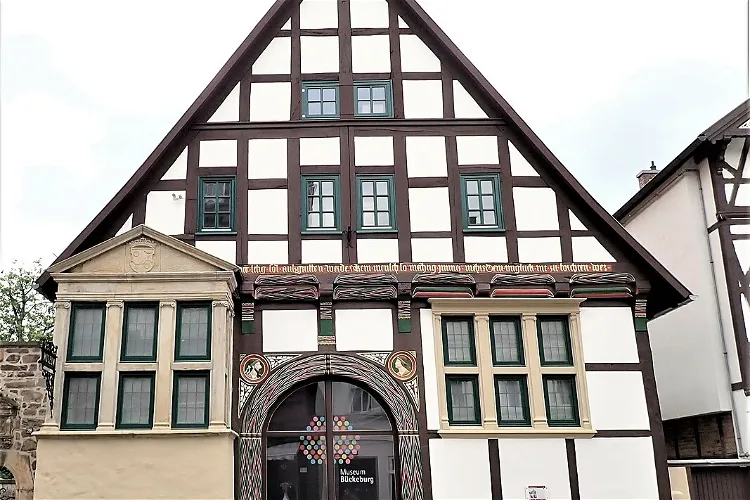
Museum Bückeburg
BückeburgThe Museum Bückeburg for city history and Schaumburg-Lippe regional history is situated in the city of Bückeburg, Lower Saxony. This museum offers a deep dive into the local and regional history, providing a unique perspective on the past of this area.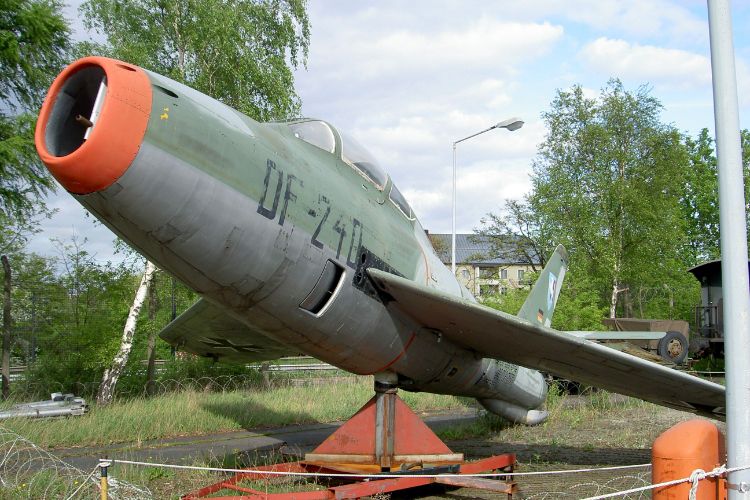
Alliierte in Berlin
BerlinThe Museum Alliierte in Berlin deals with the history of the Allies in Berlin, the period of history that ended with the withdrawal of the Allies in the autumn of 1994 after the reunification of Germany.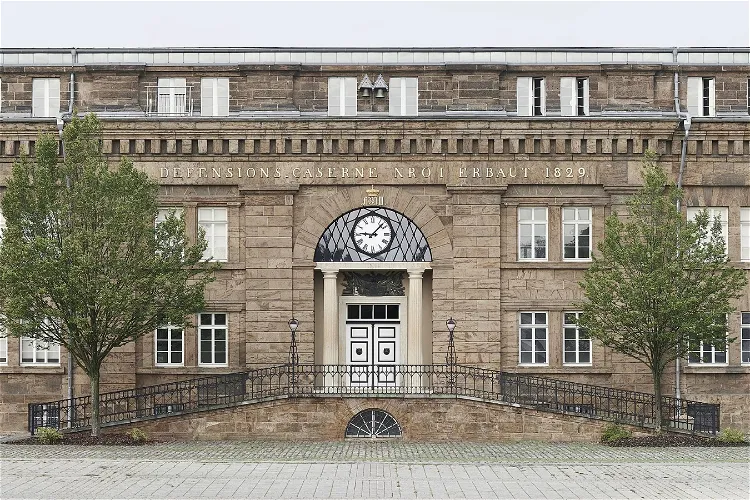
LWL-Preußenmuseum Minden
MindenThe LWL-Preußenmuseum Minden is a historical museum situated in the city of Minden, North Rhine-Westphalia, Germany. It offers a deep dive into the history of Prussia, with a focus on its influence in Westphalia. The museum is housed in the former Defensionskaserne, a fortress in Minden, which adds to the historical significance of the museum.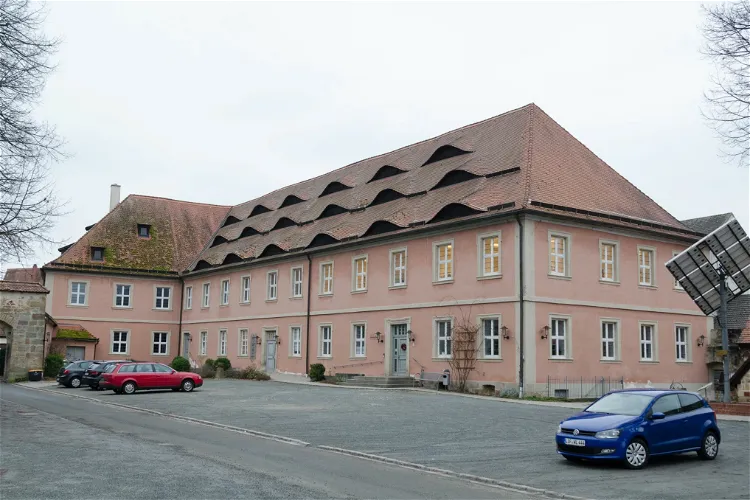
Nordjura Museum
WeismainThe NordJURA Museum is situated in the Franconian city of Weismain, within the Lichtenfels district. This location is steeped in history and culture, making it an interesting destination for tourists who are keen on exploring the rich heritage of the region.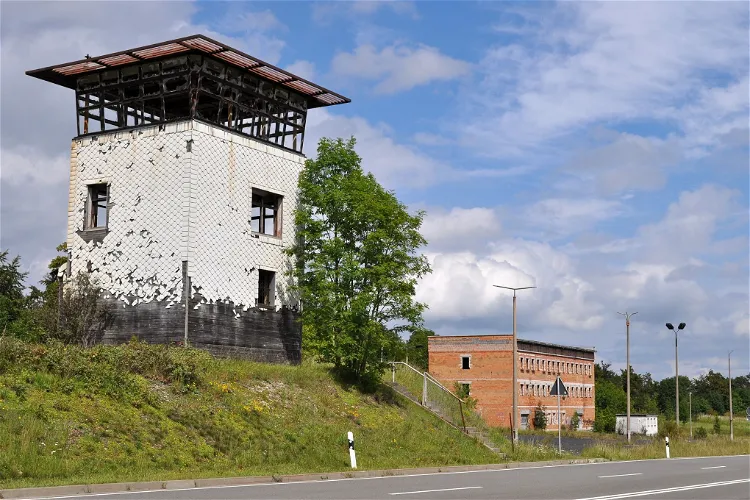
Grenzmuseum Eußenhausen
MellrichstadtThe Grenzmuseum Eußenhausen in Mellrichstadt is located at the site of the former border crossing Eußenhausen/Meiningen. This border crossing was operational from 1973 to 1990 and was situated on the then Federal Highway 19, now known as ST2445. The crossing was between the Federal Republic of Germany and the German Democratic Republic (GDR), specifically between Eußenhausen near Mellrichstadt in Bavaria and Henneberg near Meiningen in Thuringia.- 159
Dokumentationsstätte "Lager Weinsberg"
WeinsbergThe Lager Weinsberg, located in the city of Weinsberg near Heilbronn, has a significant historical background. It functioned as a prisoner of war camp, known as Oflag V A, for the Wehrmacht from 1940 to 1945. The camp was home to officers and non-commissioned officers from various nationalities during this period. This historical context provides a unique insight into the experiences of those who were held captive during World War II. - 160
Heimatmuseum Wilsdruff
WilsdruffThe Heimatmuseum Wilsdruff, which was once known as the Heimatsammlung Wilsdruff, was established by Artur Kühne and Alfred Ranft. This local and natural history collection was opened to the public in 1919. The museum has been housed in the ground floor of the current Oberschule am Gezinge in Wilsdruff since its inception. - 161
Blackhorse Museum
FuldaThe Blackhorse Museum, officially known as the Museum of American Troops in the Fulda Region, is dedicated to the nearly 50-year history of Americans in Fulda. This museum provides a unique insight into the historical relationship between the United States and this region of Germany, making it a fascinating destination for those interested in history, particularly military history. - 162
Harnekop Nuclear Bunker
PrötzelThe Harnekop Bunker is a bunker complex situated in Harnekop, within the municipality of Prötzel in Brandenburg. This historical site offers a unique insight into the military history of the region, providing visitors with a glimpse into the past. The bunker complex is a significant part of the local history and is a point of interest for those interested in military history and architecture. - 163
Museum am Wasserturm in Hohenlockstedt
HohenlockstedtThe Museum am Wasserturm Hohenlockstedt, located in Schleswig-Holstein, is a local museum that has been operational since 2002. It offers a unique insight into the region's history and culture, making it an interesting destination for those interested in learning more about the area. - 164
Cultural and Military Museum
GrafenwöhrThe cultural exhibition at the museum primarily focuses on the history of the city of Grafenwöhr. It traces the city's development through the establishment and expansion of the military training area. This provides a unique perspective on how military presence can influence the growth and evolution of a city, making it an intriguing exploration for history enthusiasts.